How to Hit the Ball Straighter with a Better Release - Webinar
Learning to release the club properly at impact is probably the single best way to improve your consistency. Most players don’t understand what constitutes and properly release and how to train it. Dive deep into which release you should use in your game. Should you be a trail side, or lead side dominant released in the swing? 85% of ball flight is dictated by club face angle. Understanding how to deliver the club and have proper face angle will lead to straighter shots and lower scorers.
All right, all right, all right, good evening everyone, how are we doing today, ready to talk about a little release, fantastic, I've got a lot of stuff to talk about tonight.
Hope everybody's having a good Wednesday so far, make sure in the chat room, let me know if you can hear me, let me know if you can see me, just in case, on my board right here on my monitor everything looks okay, but just in case, you never know, never know, all right, all good, that's good, let's see, he looks good like a, I'm trying Chris, I figure at my age, I don't have a whole lot of time left before I don't have any hair, so I've got to take advantage of it while I can, so I hope everybody's doing well today, if this is your first webinar, welcome, thanks for stopping by today, if it's not your first webinar, you're going to kind of know the rules of engagement, I'm going to kind of let everybody gather into the classroom, and then I'm going to give my spiel, or today we're going to talk about release, and then after that, we're going to leave it open to some questions, and I'm going to try to keep it nice and tidy today, the way I look at it is the release, it could be 20 webinars, to be honest with you, there's so much that myself, Chris, Chuck can talk about the release, we could be up here for hours and hours and hours, so I'm going to try to hit the highlights of it, and what I want to do is I kind of want to spend just five minutes talking about lead and trail, just kind of understanding the difference between the two, and then we're going to talk about, for about 10 minutes on each, we're going to talk about how you work on one, how you work on another, and how they both relate to one another, and then I'm going to leave the forum open to some questions, because I know in this short time frame, there's no way I'm going to get every question answered, but I'm going to try to do it, okay, so I'm going to give you all just a couple minutes to gather up in there, tomorrow magic time, thank you, David, big expectations on this course, great, David, so putting the pressure on me to start out with, I see how it is, I see how it well, hopefully it'll meet expectations, hopefully, hopefully, hope everybody's doing well, hope everybody's got their brackets filled out, hope, let's see, what else is going on in the world, hope your team and NFL free agency is going well, I would like to thank the last, I know the participant, but I'd like to thank the last participant who gave me tips on who to bet on in the Super Bowl, Hopefully, everything going well, all right, getting t-shirts made with Morrow magic, I like it, I like it, well, the room seems to be filling up a little bit, I'll give you all about one more minute, but so while I wait, I might as well go ahead and talk about some stuff while I wait for everybody to fill in, when we have the webinars and when we do these kind of live sessions, we always like to get feedback from the members of what you'd like to hear about it, what you would like to discuss, because we know all this golf stuff, but what do you want to hear?
So if you have any suggestion for future webinars, please leave them in the comments, we'll do them.
If you throw it up there and it's a decent enough topic, I mean, if it's, you know, about my diet, I don't think you want to hear about that, but if it's a good enough topic, we're happy to sit here and discuss it, it's what we do, we want you to understand the swing to the best of your ability.
Also, with this webinar, it's funny how when it got released, I started getting messaged out the wazoo, okay, I had students that were messaging me like, hey, Craig, should I do this webinar, you know, what are you going to talk about, what's going on with it?
And so I explained to them, you know, kind of the gist of what I was going to And one common theme that popped up a lot was more discussion on the trail side release.
You know, we'll get into it.
So today, just for fun, when I'm talking about release, I'm actually going to mix it up a little bit.
I'm actually going to start with trail side and then work in the lead side because, as I mentioned, when this topic was released, I would say, whew, 90% of players are like, can you just elaborate a little bit further or show me or just, I want to understand a little bit more before I make my final decision.
So to kind of get that cat we're going to talk about the side we dare not speak of.
And for those of you that are new, as I walk up to this, what I'm doing is I'm walking up to the screen because I can't see the comments from where I am.
So if you see me walking back and forth, don't worry, nothing's broken down.
How do I break off?
No haircut, no shape.
I, I, my neck shape.
It's, it's not, it's not very thick.
It's about on a guard, three guard for the face.
The hair can't do anything about that.
As it's Samson.
All right.
That should be self-explanatory.
So without further ado, because I got a lot to talk about, we're going to go ahead and get started.
Hopefully people sneaking in late will still know what I'm talking about.
So tonight's topic and what we're going to keep focused on is the release.
All right.
And we have lots of videos on the site.
And when it comes to the webinars, I try to not necessarily just give you new information, but try to say things in a different way or provide it to in a different way than what we just have on videos.
So the release is the payoff.
All right.
There's no other way to say that you can have a beautiful, fantastic golf swing.
And if you don't release the club means diddly squad.
Okay.
I always tell a lot of my swing review students that I've got a father son duo that I teach and the father's swing is nearly perfect, but his release is terrible.
And the son's swing is all over the place, but his release is perfect.
And he always gets mad at me because he's like, I don't understand why my son hits it further.
I'm like, well, I'm not going to mention any names, but it's because he releases the club because he put a lot of time and a lot of work into making that release perfect.
So he can kind of get away with because physics is kind of his ally in correcting what that club is doing during the strike.
So when you're working on your swing and you're working on your game, understand that you have to release the club.
I don't care which side, but you have to.
You get the benefit.
Now, when it comes to hitting it straight, our goal is for you to be able to release it as hard as you want to and never have to worry about left.
Better players tend to worry about left because, you know, you got to yell at a hook.
You can talk to a fade, but you got to yell at a hook.
But we want you to be able to be aggressive and have speed, but not have to worry about the direction of the ball.
When you're using a lead release, you're going to be using a little bit more physics.
When you're using a trail release, you're going to be relying a little bit more on yourself.
But at the end of the day, both of them have the goal of hitting it straight, of you allowing the club to kind of do its job through that area.
So let's talk about a little bit of the key differences.
When you think of a lead release, okay, you're going to be thinking of forearm rotation.
That as the club starts to work through the hitting area, you're going to be thinking that the forearms are going to be rotating over and that this club is going to be rotating.
You're going to be taking advantage of its design.
If you look at the club, it's designed for the toe to rotate around the heel and it's swung on an incline point.
This thing wants to rotate.
And if you don't impede that, it'll square up itself for you.
Some of the rules with the lead release.
The shoulders, they must stay square because a lead release works independently of the body.
And for those of you that don't mean independently of the body, it means that when I work down into impact, my body is slamming on the brakes so that the club accelerates on the way through.
You're going to see more of that in a lead release.
At the end of the day, you must remember that a lead release is passive.
Okay.
You're not trying to make this thing happen.
Well, you have to train some risk positions, understanding maybe what impact feels like, understanding maybe what a bow feels like.
Absolutely.
But the goal is to allow the club to rotate.
I don't want you to have any influence in the squaring of this golf club.
It will do it itself.
So if you think about it, the lead release is going to kind of be the passive one.
You're allowing the club to take care of itself.
Now, contrary, when you go take a look and you think about a trail side release, a trail side release isn't necessarily that active, but you are doing a little bit more work.
You're using your trail arm to work the club into the strike.
Now, you get to the point where you can overwork it too much and you can overwork it too soon.
So when we think of the push release or the thrust release or the glide release, it's going to be a little bit more active.
You're going to have a little bit more control over it.
If you're one of those that just don't like to give up control or don't want to train the entire other side of your body because you're already trail side dominant, this is one where you actually are going to be able to inflict your will just slightly.
Just understand with anything, there's a law of diminishing returns.
You can be too passive.
You can be too active, but the lead release is going to tend to be more passive.
Trail side release is going to tend to be a little bit more active.
Now, the difference when you start thinking about a trail side release, you're not going to have as much rotation through the hitting area.
The face is going to stay a lot more stable.
With the lead release, the toe is rotating around the heel.
And when that's rotating, the center of the face is rotating about six to eight miles an hour faster.
You can gain about six to eight miles an hour faster of club head speed just by allowing the face to rotate.
I get the question a lot.
Well, if I switch to a trail side release and I'm not allowing the face to rotate a lot through the shot, where am I getting that speed?
Well, you're using a lot more of your levers.
You're using a little bit more muscle engagement.
So you're getting that added force through other means, through the levers in your arm and a little bit more rotation from your body.
So if you want to play devil's advocate, one isn't better or the other for speed.
Okay.
They're going to give and take.
Lead release, you're going to see a lot more rotation.
Trail side release, you're not.
If you tend to like to grip firm, like you just, it doesn't matter what you do.
You can't get rid of that death grip.
Trail side release may be for you because in a trail side release, You're going to need a little bit of activity with that trail arm.
And having a little bit more of a firmer grip is going to help you stabilize that club face through the hitting area.
In a lead side release, the death grip will kill it because you're going to impede what this club is wanting to do with its natural momentum, with its natural physics.
So when you're going through this and you're kind of thinking about, well, do I want to be lead?
Don't want to be trail.
Let's just get down to brass tacks.
Do you want to be active or passive?
Active is going to be a little bit more trail side, passive, a little bit more lead side.
Does face rotation scare you?
Face rotation scares you, that's going to be a little bit more trail side.
If you're like, hey, just let the club do it at once, I don't care.
Go with a lead side release, okay?
There's going to be pros and cons to both.
Just know either one at the end of the day is what?
It's impact.
It doesn't matter which release I'm choosing.
As I work into this strike, the parameters are going to stay the same.
The only two things that are going to affect what that golf ball does is the club face angle, okay, and the club face law.
That's the only thing that matters is what's going on down here at impact.
And it doesn't matter which release that you're choosing.
This is what you have to achieve.
You need to achieve some semblance of the lead hand being ahead.
You need to achieve some semblance of shaffling, club face being square.
If I showed you the difference, I'm going to go make a nine o'clock swing, and I'm going to go lead release into impact right here, okay?
Now on this one, I'm going to do a trail.
Do you really see that much difference?
There's going to be minor subtle differences.
I just did one with my trail, I just did one with my lead.
But the goal was to be at impact at a square position with the hands ahead to get some compression on the ball to hit it straight.
So it doesn't matter which arm that you choose, the goal is the exact same, and they're going to look roughly the exact same.
You'll see a little bit more from down the line, but they're going to look roughly the same from face off.
Both arms have a job to do.
The lead hand is going to take care of your club face angle and your club face loft.
The trail hand, when you're releasing that, is going to take care of your club face angle.
Now the lead wrist still needs to be out ahead, so you can still control the loft with your lead wrist.
They're both going to be doing something.
So regardless of which side that you pick, just know it's not, it's just one.
Both arms have a job in this one, okay?
One's just going to be dominant, another one's going to be a little less dominant.
So let's talk about the trail side release, all right?
When we think of a trail side release, as Chuck mentioned on the overview to the push release video, think about it like a three-stage rocket.
You're going to be using your right hip, your right shoulder, and your right arm to work into the strike.
Now there's a prerequisite to all of this.
The swing, what you've done with five-step, dead drill, axiom, doesn't matter.
The swing does not change.
You still got to load and rotate and shift and let the arms start to shallow out, but once you start to get down into here, this is going to be where you start to see the difference.
This is where your trail side release is going to start to shine.
So when you're going through your swing and you get up here and you shift and the arms start to shallow, the three things that you have to remember in a trail side release is that you need first a lot of right hip, okay?
So you need to use your right hip to start propelling those hips open to provide space, okay?
You've got to use the right hip because this left hip has to start to get out of the way.
Now that doesn't mean that your left hip's dead.
You're using your right to aid helping getting the left hip out of the way.
But in a trail side release, you need hip rotation.
You have to have hip rotation.
And that's why it's the first primary thing that you have to do.
These hips have to open.
This right hip has to start to drop.
The second thing is the right shoulder.
After you shallow and you start to work down, and now the right hip's driving, now the right shoulder's going to drive.
It's going to feel like the right hip and the shoulder are staying ahead of your club.
And you'll see when I get into this position that I've got a lot of flexion in my right arm right here, okay?
Or my trail arm.
So as I start to work here, you'll see a lot of flexion in my trail arm right here.
And now when I get into this delivery position, I've got two options.
I can take my trail arm and start driving it down the line, okay?
So I'm using this little bit of a pushing motion to start driving my trail arm down the line.
And as I do that, my club face is going to stay a little bit square because I don't want my trail arm, trail wrist, controlling face rotation, okay?
It's going to be a little bit unwieldy.
So as I work from this position, my trail arm is going to be driving down the target line, and it's going to feel like I'm almost holding my face square, okay?
The face will rotate.
As I said earlier, this club is designed to rotate.
You can't stop that.
It's only going to be a little moment in time where this is staying square.
And then it's going to start to rotate.
So you have the option of using the right hip, the right shoulder, and the right arm to work into the strike.
And I'll show you in a second from face off.
Or instead of using a lot of right arm, you can allow for just a little bit more chest rotation coming through if you lack the strength in it.
The problem is, as we've always taught, we are the number one kind of instructors in the business about safety.
The more rotation you add from your chest, your spine doesn't like, okay?
Compression and shear force.
You hear that a lot around the side.
Spine doesn't like that.
So when you work into this position, and you start holding this position, and you start squaring up more with your chest, you're going to see your trail shoulder work down.
You're going to see a lot more side bend.
It is a way to keep the face a little bit more stable.
It's just going to be the kind of last option you want to choose, especially if you have back issues.
I would get here, use the right hip, use the right shoulder, let the trail arm release.
And what you want to do is you want to feel like that face is staying square down the line for just a little window in time.
If you look at it from face on, what you'll notice after I shift, I'm using my right hip to get my left hip out of the way.
I'm using my right shoulder to stay ahead of the golf club.
And now I'm using my right arm to get up the impact position.
You can see the flexion still on my wrist right here.
I'm using this to get up.
And you can hold this face just a little bit square through the target.
But if you'll see, my face is still rotating.
It's just a little bit moment brief in time.
I just want to make sure I see something.
Okay.
I want to make sure nothing was cutting out.
So when you're thinking of a trail side release, you need to think of the stages you're applying this in.
It's right hip, right shoulder, right arm.
You don't get here, hold the face, and keep holding the face on the way through like this.
The club is still going to rotate.
It needs to.
What you're going to see is as you work on this and as you do this, the hands might swing a little bit left.
It's not going to be as rotated as a lead release.
But you don't try to hold it square to the target all the way to the finish up.
Okay.
Now, what I see is two big major errors when people start working on this.
Number one, when they start working on this release, they get down here and they kill their hips way too soon.
And when they kill their hips way too soon, they start to throw their right arm hard.
And when they start to throw their right arm hard, two things are going to tend to happen.
You're going to steepen your angle of attack and hit it fat, or you're going to start to hit it left.
Because when the body stalls out too soon, and this right arm is throwing really hard, the angle is going to come in a little steeper.
This leading edge is going to dig too soon.
But the face is also going to rotate a lot.
You're going to tend to fight a little bit of hooks, or there are some blocks you can hit, but you're going to tend to fight a little bit of hook because you're going to be really driving that right arm hard.
Players tend to forget about the fact that in either release, you have to have the hip rotation.
If the hips stall out too soon, in whatever release you're using, the club is going to flip.
And flip is the enemy.
Okay.
So as you're working through this, and you start thinking about, all right, you know, the trail side release, you've got to think about it in the stages.
After you transition, it's a must.
You still transition the same.
My golf swing, as I go from here and I work to here, everything stays the same.
Okay.
Now, if I'm going to be a trail side releaser, the only thing I'm going to change is I'm going to drive my right hip to get my hips open, my right shoulder, then my right arm and hand.
The stronger the player, the more they can add just a little bit more trail arm.
Just don't want to get too crazy active with it because if you just start arming it, then your ball is going to start going all over the place.
But it's a really great way to keep it stable through the hitting area if you struggle with club face stability.
Okay.
Or you don't want to go to a lead side because it just seems like a lot of training.
The second thing that I see players do is this.
They relate it to throwing a ball.
And so as they start to come down, their arm and hand are here and they go like this.
So they start using their right hip and their right side to drive their hip, but their arm and hand are way back here and it's separated from the chest.
Remember, that's still with my chest, just like a golf swing.
Okay.
It's not separated like this.
Yes, my legs can lead the way, but now I really have to heave my arm and hand.
I'm still rotating, shifting to here.
My arms and hands are still in front of my body.
I'm just feeling my trail hip and my trail shoulder and then my trail arm work up into the strike into this position.
Okay.
And I'll demonstrate with you in a second.
Now on the lead side release, this is going to tend to be the more passive one.
As you've seen a lot of the videos on the site and from a lot of Chris's greatest hits, fix your release, play your best golf in six weeks, video two of six.
You'll really understand that you're allowing your lead arm and hand to work from your lead shoulder like a trebuchet or like a pendulum.
You're just allowing for the momentum in the arm and hand and club to freely swing from here.
Now this gives a lot of players fits because they get scared because they see this face rotating like crazy and they think they're going to hit hooks.
And it's the polar opposite of the hook because I'm not controlling that.
I'm just allowing this club to rotate.
That's it.
Just allowing it to rotate.
I'm getting out of its way.
Okay.
So just feeling the club rotate back and forth, you'll get a sense of rhythm.
You'll get a sense of timing that this club wants to square up when it wants to square up.
If you get out of its way, players struggle with giving up control.
If you want to hit straight shots, you have to give up control.
Always the law of opposites with golf.
Do the opposite of what you think you should do and you're going to be closer to right.
Could be no truer than in the release.
You don't need to try to do anything with a lead side release.
You just allow the club to rotate.
But just as with the trail side release, you still have to shift your weight.
You still need to post up and clear your left hip, because this post up in the clear in the left hip is what's going to trigger this club to go down and out.
Okay.
But you can't have a death grip.
You can't control it.
And you have to get comfortable with seeing the face rotate, toe up, square, back toe up.
Okay.
So the less control you give the lead release, the better it is.
Now, instead of kind of boring you on all the nooks and crannies and details on the lead release, because we have a lot of videos on that, I'm just going to go through with you a little practice plan with kind of each.
And I want you to kind of decide for yourself which one kind of works for you.
Which one do you want to go with?
They're not that different because you still kind of get to the same position.
But one may feel better or not to you.
Okay.
Make sure.
Okay.
When thinking about this webinar and talking to students, I always try to kind of gather my thoughts.
And it was funny because this just kind of slipped out in one review.
And I think he's actually in here right now is he was talking about, Oh, I can't get impact.
I'm still cupping and still doing all these things.
And I said, you may not be a pro, but you have to practice like a pro if you're going to get any better.
The same thing I had to do when I came to rotary, I was a trail side releaser.
Okay.
Now I'm a lead side releaser.
And as Chris will test, we'll be biased on this.
I'm a lead side releaser.
Nothing wrong with a trail side release, but I'm a lead release bias.
I've got a lot of right side issues.
Okay.
So the right side didn't quite work for me because I have to use a lot of stress.
I've got bad shoulders, bad everything.
So the lead release fits my motto a little bit more.
Okay.
When I first started working on this, as non-sexy as it may sound, and Chuck can attest to this, I'd go to the driving range, I'd work with Chuck, and I would sit there and I'd hit the ball 10 yards.
That's it.
And I can't tell you how long I did that because I did it for so long.
I think it probably killed some part of my brain.
Okay.
So regardless of which release you choose, you need to practice like a pro if you're going to get it.
If you want to hit straighter shots, if you want to hit more consistent shots, practice on the problem.
And the problem is you're in a poor impact position.
This is the only thing that affects what the golf ball does.
The only thing I can swing like this and start to come down.
And the only thing that affects what that golf ball does is how I am right here.
So when you're struggling and you're trying to improve upon this, you need to put the focus on it.
If you can't hit a 15 yard straight shot, how am I going to get you to hit a 300 yard straight shot?
Okay.
Just think about that for a second.
Why like with chipping, do you get really good at it?
You're just practicing these little chips over and over again.
Why do players practice four footers, four footers, four footers, and they get really good at it.
And you see the pros they never miss because that's what they're practicing.
Practice what really matters right here with the release.
Practice impact.
Don't go out there, start swinging out your shoes, trying to choose either one.
Focus on the problem.
So here's my suggestion.
If you're going to go with a lead release and you want to start working on a lead release, start at impact.
I want you to take your setup.
I want you to put your weight on your lead side and I want you to clear your hips a little bit.
Now you don't have to get this big old massive powerful post up because we're not working on hitting it very far right now.
We're working on our wrist motions.
So when you get set up into this position with the weight and getting the hip open, just like if you're going to strike a golf ball head behind it, hips open, shoulders square, I want you to just get a feeling for the club to rotate.
Now if you do this and you start to notice that your wrist is cupping, what I want you to do is feel like your knuckles are going to the ground and rotating over.
If for some reason you can't get that and you're still experiencing cupping, then you're going to do what I have a student doing in my unlimited group right now.
I have him stopping at impact until he can stop keeping his hand ahead of the club face.
Okay.
But for now, I want you just to get the feel, just letting it rotate back and forth.
No bigger than this.
Okay.
And then set up, get your hips open, get here and let the club rotate back and forth.
And when you get here, look at it.
Do you see your fingernails?
Do you see that the club is rotated toe up?
Do you see that you didn't rotate your chest, that you didn't push off your right foot any?
Do you see that you maintain this position and you allow the club to rotate?
You should be able to sit there at a little impact and hit small little five, 10 yard shots.
Like it's nothing.
I did that over and over and over again.
Because you start to gain the feel of how much you really don't have to work to square up the golf club.
If you start at impact and you let it rotate nine to three o'clock holding these positions, I don't want you to add your trail hand yet.
I want you to work back to a setup position.
And when you work in this setup position, I want you to build it into a nine to three.
I want you to go nine o'clock, shift post, let it release.
With the whole goal of maintaining that same impact position that we were in.
The hips open, the shoulders square, the club rotated, the foot's still down, the head's still down.
If you can't stop your swing here and see these positions, then you take a step back.
But I implore you, you have to do it this way.
When I used to teach the clinics, day one, I never let them put their trail hand on the club until they could move here to the takeaway, shift, clear their hips, and let the club release and maintain this.
I wouldn't let them add their trail hand.
Because once they started getting the freedom and understanding that all they really need to do is get out of the club's way, everything worked.
So with the lead release, I want you to start at impact.
Let it go back and forth.
Focus on feeling the flattening of the lead wrist and the rotation of the face.
Just allowing for this to happen.
And then work it into a nine to three.
And then you can start to add your trail hand and do the same thing.
Now with the trail side release, it's kind of hard to work it that way.
Because you kind of need a little bit more body.
You can technically start here at impact, all right?
Get your right arm in front, get your hips open.
You're going to tend to have your chest just a little bit more rotated because your right arm and hand have to get over there.
That's why in a trail side release, it's okay for the chest to be open just a little bit.
But I really don't want you kind of getting here and going like that because that just feels really wonky.
Okay?
Because you're not really winding back and you're not really using your hip and shoulder and body drive.
So if you want to set up like this with your right arm and you're going to be a trail side releaser like this, I really wouldn't recommend just getting here and going like that because you kind of need a little body into it.
I would go ahead and kind of skip to the little nine to three motion with it.
I'd go to here, I'd take my trail arm only, and I'd work to nine o'clock.
Now when I work to nine o'clock, I'm not just going like this.
I'm not just moving my arm back.
I'm still allowing for weight and rotation.
I'm still making a motion this way.
Okay?
And then all I'm going to do is focus on hitting small shots where it's my right hip, my right shoulder, and my right arm working through.
So you're going to see I'm here.
Notice how the face is still relatively square.
It's rotated a little bit.
My chest is a little bit more open.
It's the only way I can get my right arm over there.
Okay?
I still have the flexion in my wrist.
My hips are open.
My head is down.
But get the feeling, lost the ball.
I'll take the penalty.
So as I get here, get the feeling of the body, the shoulder, and the arm and hand working ahead.
You're going to see like I'm not allowing for this big old release through.
Because I'm trying to feel how my arm is going to work down the target line and work keeping the face just a little bit more stable.
Okay?
But as I showed you earlier, the impacts and the goal at impact is exactly the same.
I'm trying to get here.
Okay?
We look at it from a down the line view.
I get to here and I'm working with a lead side release.
I'm working into this position.
All right?
My chest is square.
My hips are open.
And I'm allowing this club to release on the way through.
I'm working on a trail side.
I really use a little bit more right side.
Everything gets ahead.
You're going to see my trail shoulders working a little bit more down.
Even my trail foot's a little bit more up.
Because I'm pushing off that toe just a little bit more.
Lead arm and hand.
Still out ahead of the golf club right here.
And then I'm going to feel like I hold it just a little bit square through the hitting area because I still want to maintain that nice, shallow angle of attack.
It's very important.
Now, the trail foot has been a very big topic when it comes to releasing.
In a lead side release, the death of a proper lead side release is pushing off this trail foot too much.
Because if you push off this trail foot too much, what's going to happen is your hip's going to come in, your spine angle's going to come up.
And you're going to start throwing this in the dirt.
And you're going to rely on the squaring up the club face being you.
And that's not a lead side release.
You're relying on Newton.
In a trail side release, well, as I get through this position, I need a lot of hip rotation because if I don't get the hip rotation, the club's just going to flip.
So if you get that, if that right foot or trail foot leave just a little bit, it's okay because you're powering the swing from the hip, the shoulder, and then the arm.
So it's okay for the foot to leave a little bit because you're using that as your power source.
When you think of some of the players that are trail side releasers, you'll see their hips kind of get extremely open.
They have a lot of right foot.
This does put a little bit more wear and tear on you.
But I do understand if you don't want to go train a full lead side.
I get it.
Just know you're going to have more rotation.
You know what the spine hates.
So when you get here, you're allowing this arm to work through and maintain that stable.
Okay?
The key to hitting straighter shots is all about impact.
It's all about having a nice flatter bowed lead wrist and a square club face right here.
And there's two ways of going about it.
You either use your lead or as you start to work down and you shift and post, you allow this face to rotate.
You kind of give in to the golf gods.
And you may have to practice some bowing.
You may have to practice some looking down.
Go take a look at fix your release.
Chris has got a great drill of how to get to this position.
You may need a little bit of that.
But eventually, it'll start to kind of feel like a paintbrush.
Or you're just pulling along on the paintbrush, but then the club face rotates through itself because you don't have a death grip and you're allowing it to.
With this side, as you're working through here, and you start to work and you're a little bit more active and a little bit more driving, you're still working to the same position at impact.
The right arm that is working, keeping the club face a little bit square through the hitting area, not from here to here.
Here to here.
Tiny window.
Okay.
So as it's working through from here, you need the hip rotation, the right arm and hand work to here, getting this square to get to this position.
Okay.
So I know this is going to bring up a ton of questions.
I know I can't cover everything.
It's just the time window that we're in.
I may do a follow-up where I really just kind of go into one or the other and break it even more down.
But hopefully, this helps you kind of understand which release and what it is.
And if you have any questions, throw it up there.
So hope you enjoyed it.
Please stay around for the questions.
I know there's a lot to cover in this topic and I can't get it in in this whole time.
But I hope that creates a little bit of understanding of where it's coming from.
And if you're a little bit on the fence, ask questions right now.
If you can't stay, come find us on the community board.
If you can't find us on the community board and you got a swing review, send us a swing review.
We'll be happy to answer it.
All right.
Let's see.
Good compression and longer hair.
I'm sold.
Agree.
Okay.
Let's see.
No questions.
Have any questions, Chris?
Anything popping up through there?
I answered a lot.
See?
Partner in crime.
Thank you.
Thank you.
No questions?
Come on.
You got to give me something.
Address the closed window on the right arm.
You need to talk to the guy above you on that, James.
Best way to build that trust and lead release if used to be trail side release.
Okay.
So best way to build trust in it.
You have to practice it.
And this is what I mean.
So when I was a trail side releaser, I trusted my right arm and chest to square up the club.
All right.
I hit the crap out of the ball, but had a little issue with directions and had a little issue with my body.
So when I first started doing lead side release, it was very foreign.
I hit it all over the place until I realized that if I got here and I'm just holding it with my hand right now and let it go, that the club rotates itself.
All right.
Gravity is going to take over and the momentum of the club is going to rotate itself.
The only way to get trusting the lead release, learn how to hit lead arm only shots.
That's how you have to do it.
Because what happens is somebody goes out there and they're like, all right, I'm going to be a lead releaser today and I'm going to get this lead release going.
And they get out there and they start trying to rip full swings.
And they're like, well, this doesn't work.
I'm hitting this thing all over the place.
And then they send me a video and they're like, what's going on?
I'm like, well, your chest is spinning.
You're not shifting your weight.
You're not doing this.
You're doing nothing close to a release.
Start small.
As I mentioned right here, start with little small shots, getting comfortable with the club rotating and get some confidence in it.
See that same boring 10, 15, maybe 20 yard shot that goes straight with a little draw.
If you start to build confidence in the small ones, it'll start to bleed over because then you just make the swing a little longer, a little longer, a little longer, and you'll feel the difference when you mess it up.
You'll get that aha moment.
If you just do it in the small versions first, I promise you.
All right, let's see.
Daryl, how much does the trail shoulder stay back with right side release?
It varies.
Okay.
So if you want to use more right arm, say, you know, you're, you're pie pie, you're big and strong, and you want to work into the strike, you can use more right arm through the shot because if you have the strength, you can use it.
If you lack the strength, then as you start to work down in with the trail side release, you're going to allow for a little bit more chest rotation.
Okay.
Not a bunch.
And as we know, that's going to put more, the more you do the chest rotation version, the more it's going to put pressure on the spine.
Okay.
But the trail shoulder is going to be square or roughly just slightly open like this right here.
You can see like, that's not, that's not that big a difference for me to get my right arm and hand up here.
So it only needs to be a few degrees, but it varies.
If you're going to use a little bit more of your body to get, keep that club face stable through, you're going to have more chest rotation.
If you really want to use this right arm thrust, so to speak, you really won't have to have that right shoulder open that much.
It won't require it.
Think about like throwing a ball.
You're here or you're here like this because you just don't have the pace here.
So still having a problem coming down from the inside, difficulty keeping my right shoulder from firing too soon.
Well, that's why, Howard, for the release, the key is you have to have the prerequisites.
You have to still shallow out the club.
Now, if you're struggling with the right shoulder or firing from the top, my question to you is, are you using your lower half?
And this is what I mean.
So if you're up here at the top of your backswing, are you starting your downswing with weight shift?
Truly starting it with weight shift?
Or if you say, hey, Craig, you know what?
I am.
I look at it on film.
I can see.
I go from this position.
I shift the weight.
And when I shift the weight, my shoulders go like this.
So the first thing I'd say is, are you shifting your weight?
The second thing get in front of a mirror and watch yourself.
Shift.
Put a club across your chest.
Keep your shoulders back.
Watch how if you shift and post, your shoulders have no chance but to not get to impact.
But you need to feel how the legs pull it.
You need to watch yourself.
Okay?
So at first say, hey, are you shifting your weight?
Are you just trying to hit it from the top?
But get in front of a mirror and watch yourself.
Do it with your body.
Do it with your arm and then do it with a club.
Watch yourself.
Start to shift.
Can I shift keeping this back?
You just have to realize that with the shoulders, they're going to get there.
And if anything, you need to feel your back to the target as long as possible.
Because they're going to move.
All right.
Jose, great info.
Which is the best trick to stop cupping the lead wrist at impact?
All right.
And that's what I mean, Jose.
It's tough to kind of cover everything.
So when you're cupping it at impact, what is more than likely happening?
When you're cupping it at impact, it's more than likely your trail hand is firing too soon, which is leading to the cupped position.
Okay?
So A, you've got to get off the trail hand.
Kill the beast first.
But B, I have a student in my unlimited group right now that struggles with a cupped wrist at impact.
Okay?
And he's had sent in two or three reviews and still really struggling with it.
And I told him, I want you to go to the hitting it low shot day two on the site.
And I said, the only thing I want to see you do is come back.
I don't care if your swing only gets this far.
I want to see you come back with your hand this far ahead.
I had it so far ahead, the club couldn't even bottom out.
I don't even care.
I want to see this.
I want to see you, however length swing that you want to use, go to here and hold it, keeping that hand ahead.
Because you have to get the feel of what it is to get over it.
And most players, when they have the cupping, their trail hand's taken over too much, they get into this position.
You need to feel the opposite.
Practice the little low lead arm only shots in day two.
Because as soon as you start cupping again, and you start seeing that ballooning ball flight, you'll be like, nope, I know that feeling of this.
That's not it.
Isolate, isolate, isolate.
Could you please address hitting both draws and fades with lead side release?
Draws and fades with lead side release.
Parameters don't change that much regardless of which release that you're using.
If I'm going to hit a draw with a lead side release, as I start to come down, I'm still going to shift.
I'm still going to post.
I'm still going to let the club release itself.
What's going to cause the club face to rotate a little bit sooner and square up?
How would I get the club face to do that?
I mean, I don't want to manually do it.
I mean, I've done enough golf in my time.
I can manually make the ball curve.
But if I want to make it kind of free -flowing, not a whole lot of work, what is one thing I could do?
Now, I told you all earlier that if you kill your hips, the club's going to flip.
I don't want you to flip.
But as I start to work down in a lead side release, all I'm going to do is I'm going to keep my chest closed a little bit more, about five degrees more closed.
Because if my chest stays five degrees more closed and I post up, that club's going to come in a little bit sooner and rotate, that's going to give me a little draw.
Now, we don't have to be a rocket surgeon, diagnose the fade portion.
If I want to hit a lead release fade, as I start to work through here and I start to work into impact, I'm just going to allow my chest to open up a little bit.
Because if in a lead side release, the more I open up the chest, the more it's going to delay that face from rotating over.
Because as soon as I stop the chest, this club's rotating over.
Just like when a draw, if it stays here, this club's rotating over.
So all I'm going to do is as I start to post, I'm going to allow my chest to open up a little bit, which is going to delay the rotation in the face.
And then I'm still going to allow for it to release and hit a little release to cut.
All right.
David, we have that on the dock in the near future.
Is lead side release more advantageous for senior players?
Yes.
I mean, I don't want to, like I said, Chris and myself are going to be a little bit biased.
It is and it isn't.
Now, Arnold, as in Schwarzenegger, he may be more of a trail side player in his senior age.
But if you think about the older you get, what are you going to lose?
You start to lose a little bit of strength.
You start to lose a little bit of flexibility.
So with the trail side release, it's going to be much more active, relying on a little bit more strength and a little bit more rotation.
The lead side release is going to allow you to take advantage of the physics and the whipping on its own with very minimal rotation.
So not only for safety, you'll be able to get a little bit more free speed.
All right, Tom.
In Chris's earlier video, he seemed to show that you want to snap your right arm out to the ball while clearing your left hip until your arms are straight.
I agree with Chris.
Okay.
Wow.
That's.
Tom, are you talking about a video crew?
I'll let Chris handle that one for right now.
Okay.
Which one of my question?
I see what your question is.
Go back and watch it.
That was a lead side release.
Okay.
All right.
Let me scroll up here.
Did I miss anything, Chris?
Is there anything up there that you saw that I need to get to?
If not, fire away.
I've got a couple more minutes and then I'm going to kick you all out the door.
I've got to eat some dinner.
6 something here.
6.
50 here.
Mountain time.
If you want to know a little bit more of me or my story to kind of help you out with release.
So my body is basically made of duct tape and spare parts.
So for me, I have to be a lead side releaser because I'm too damaged on this side.
It's just not going to work.
Next time I try to release with my trail arm, my arm's probably going to fall out of socket.
Anchored to hell and clavicle ribs, you name it.
But so in my playing career, I used to come down like this at impact.
So my right foot would be way up off the ground.
My chest would be really open.
My hip's super open.
I could hit it very far.
But I had a problem with direction.
I never had to worry about left.
I had a problem with right.
I'd hit a whole lot of blocks because somebody told me to keep ripping my body through.
Okay.
Now, as I said earlier, the body's going to square, you can square it up a little bit with your body, but there's a lot of diminishing returns.
So I had to switch to a lead side release.
Now, Switching to a lead side release was probably the toughest change I've ever made in my golfing career.
Because I was so used to driving my body hard that now it was, oh, okay, now shift post, be done with your swing.
Let the club rotate independently.
I was always taught that was a hook.
Craig, don't let the face rotate.
You're going to start hooking the ball and then you're going to really struggle.
Well, come to find out slow motion cameras and track man and data, everybody lets the club face rotate.
And once I started letting it rotate and I started to kind of see behind the scenes of what I was missing.
And that the club is truly designed to square up itself, made golf a hell of a lot of fun for me.
So I do miss a little bit of trail side because it's kind of fun to give it something.
But at the end of the day, I don't have that kind of practice time.
I don't have that kind of body.
So switching to a lead side release gave me the consistency that I wanted with the same amount of distance.
It just made it a lot more effortless for me.
I didn't have to rely on so much, but boy, it wasn't fun to change.
I can tell you that.
All right.
Let's see, David.
Can you talk more about trail foot and the axiom for a lead side release?
It's the same thing, David.
So if you're using the trail foot in the axiom, if you're going to be a lead side releaser, as you're pushing off this trail's foot right here, I'm pushing off the toe.
All right.
So I can push off my toe and clear my hip and you can see my heels up just the tiniest bit, but not a lot.
You got to remember when you're a lead side releaser, that trail foot, okay, is going to kind of be a little bit of a governor.
You want to hit better quality golf shots.
The less that trail foot does, the less chance you have of breaking something.
Okay.
And I'm meaning like kicking the hip and early extension and tush line and stuff.
So if you're doing axiom and I'll do axiom right here.
So I'm going to exaggerate a little bit.
So if I'm going axiom from here to here, like my heel comes up a little bit more, but the motion isn't different.
Okay.
It isn't different.
I'm still shifting.
I'm still trying to clear my hips.
It's just when I get into the hitting area, I'm now letting this club work independently.
And my forearms rotate over versus continuing to kind of drive my right hip and shoulder and extend my trail arm down the line.
It's not really going to differ that much.
Okay.
Which grip is recommended for lead side release?
Strong, neutral, or weak?
Doesn't really matter, David.
I don't tend to change anybody's grip unless it is super strong or super, super weak.
You can be this person right here.
It's kind of the one knuckler, one and a half.
You can be the two knuckler where you're just a little bit more slightly strong.
It's kind of like mine.
You can be a little bit stronger here, but I would tend to say, okay, don't quote me.
I would tend to say that the slightly strong group is going to be the best for the lead release.
Because it's kind of the best blend of having the lag and allowing the club to release itself.
If you tend to get a lot stronger, you can, using the trail hand is going to be a little bit easier because you're not really doing a ton with it.
but also when you're trying to flatten your lead wrist and you're trying to control ball flight and trajectory, you don't want to be on one side or the other.
You don't want to be too weak.
You don't want to be too strong.
Shooting for an even ground.
If you're just a touch on the weaker side or just a touch on the stronger side, you can do whichever one you want.
All right, Craig and Chris, thank you.
All right.
Thank you, Charles.
James.
Do both release look similar down the line?
James.
Let me show you the difference.
So that is a good question.
I thought I covered it, but I probably didn't put enough emphasis on it.
When you're a lead side releaser, as you start to work into position, chest, square, square, tip to be square.
Okay.
Trail side release.
As I start to drive the right hip, the right shoulder is going to tend to work down more and the trail arm is going to tend to work a little bit more down the line.
So you're going to tend to see this be just a little bit more open.
I'm not saying like this, but to get your trail arm and hand over there, you're going to have to have that right shoulder work down the line and work down just a little bit more.
Okay.
All right.
Thank you, Anthony.
No more questions.
All right.
Thank you, Howard.
All right.
With that being said, we will catch you on the flip side.
Don't forget, we have a webinar next week with Chris Tyler.
I don't know what it's about.
What is it?
Is it the trust line, Chris?
Not sure, but be sure to check it out because if you are missing any of Chris's videos, webinars, what have you, then you're missing out on improving your golf swing.
You're doing yourself a disservice.
Okay.
So check out Chris's webinar next week.
Not sure what it's on.
He might post it there, but you will always learn something great from Chris.
So you need to check it out.
Okay.
Thank you guys for the time and gals.
Hope you enjoyed it.
If you want further information on this, let me know.
Okay.
Come find me.
Or if you just want a whole webinar dedicated to just the tiniest piece in it, let us know.
Okay.
It's been a pleasure.
Talk to you soon.

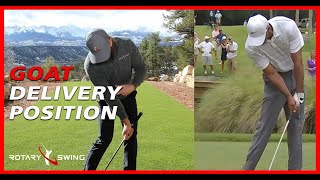
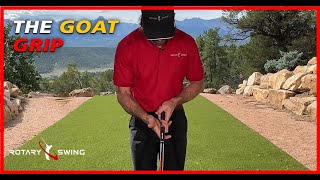
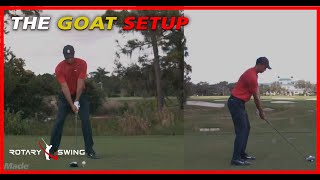
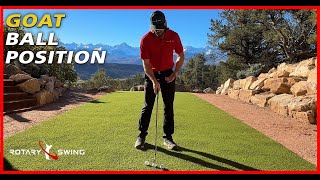
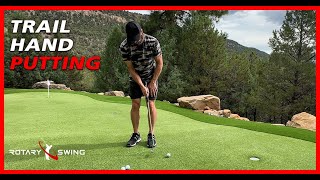

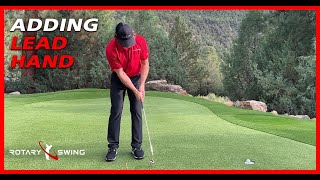

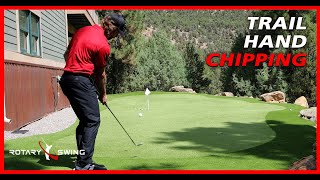
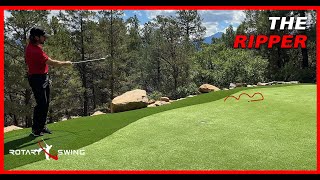
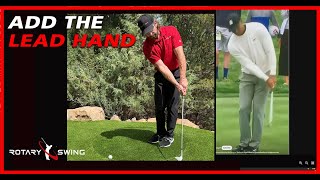




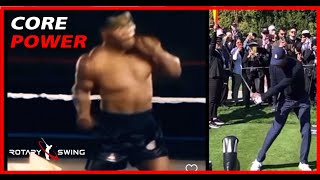
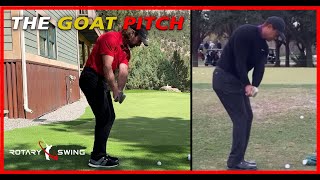
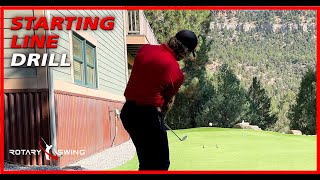
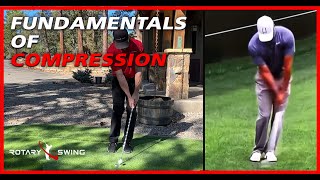

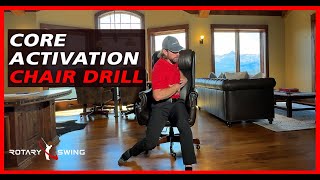
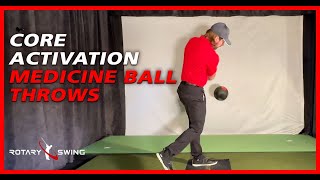
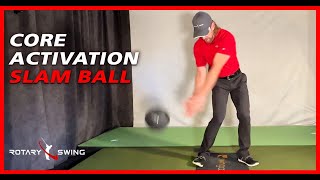
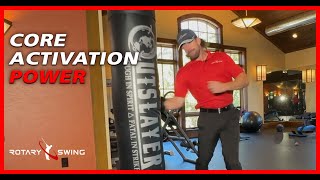
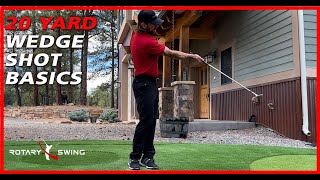
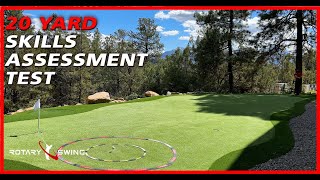
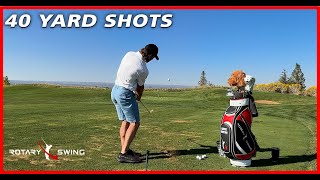
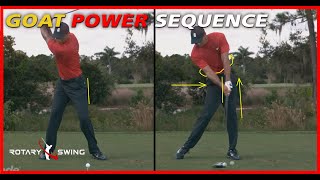
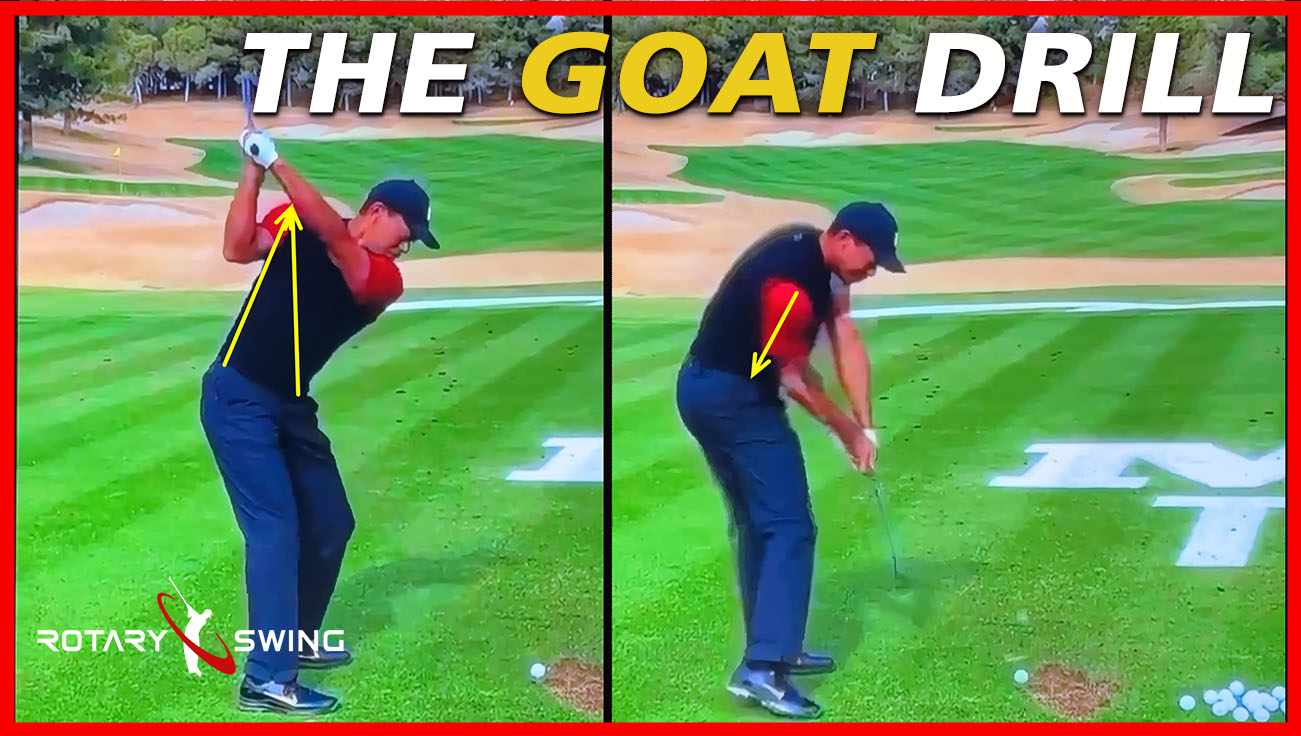
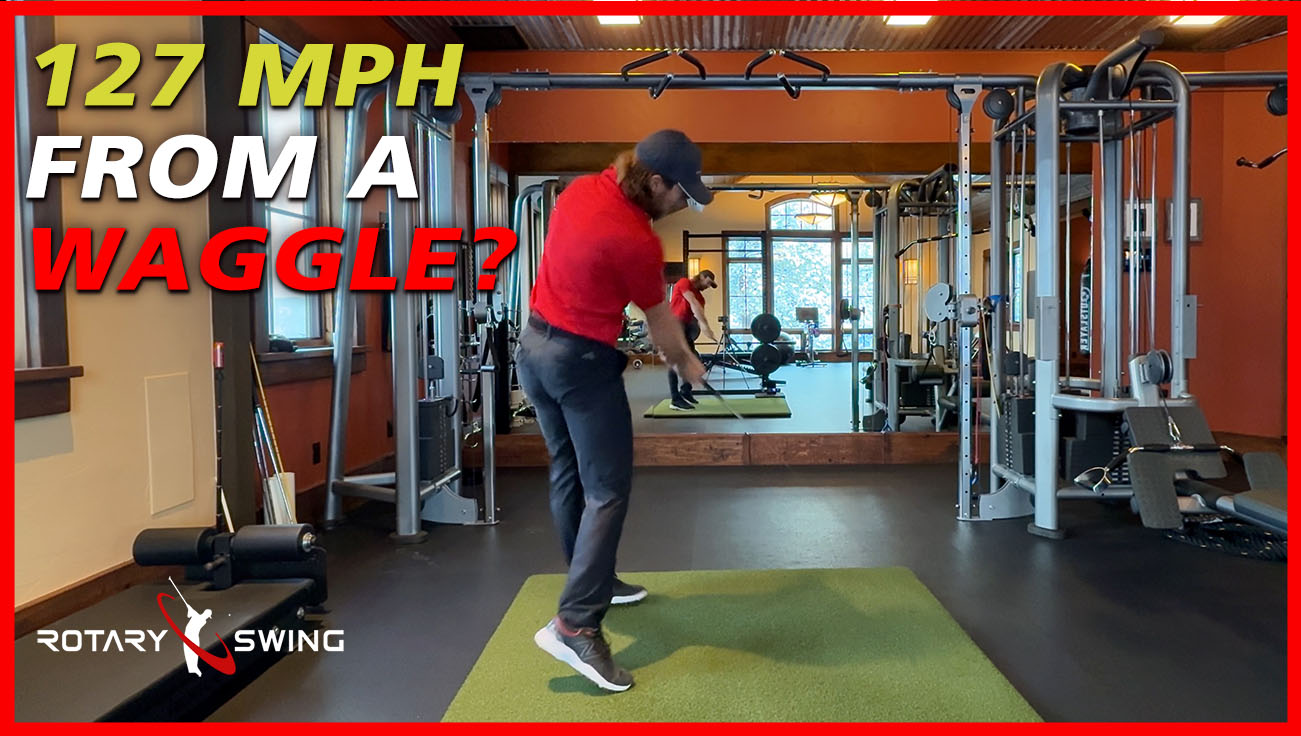
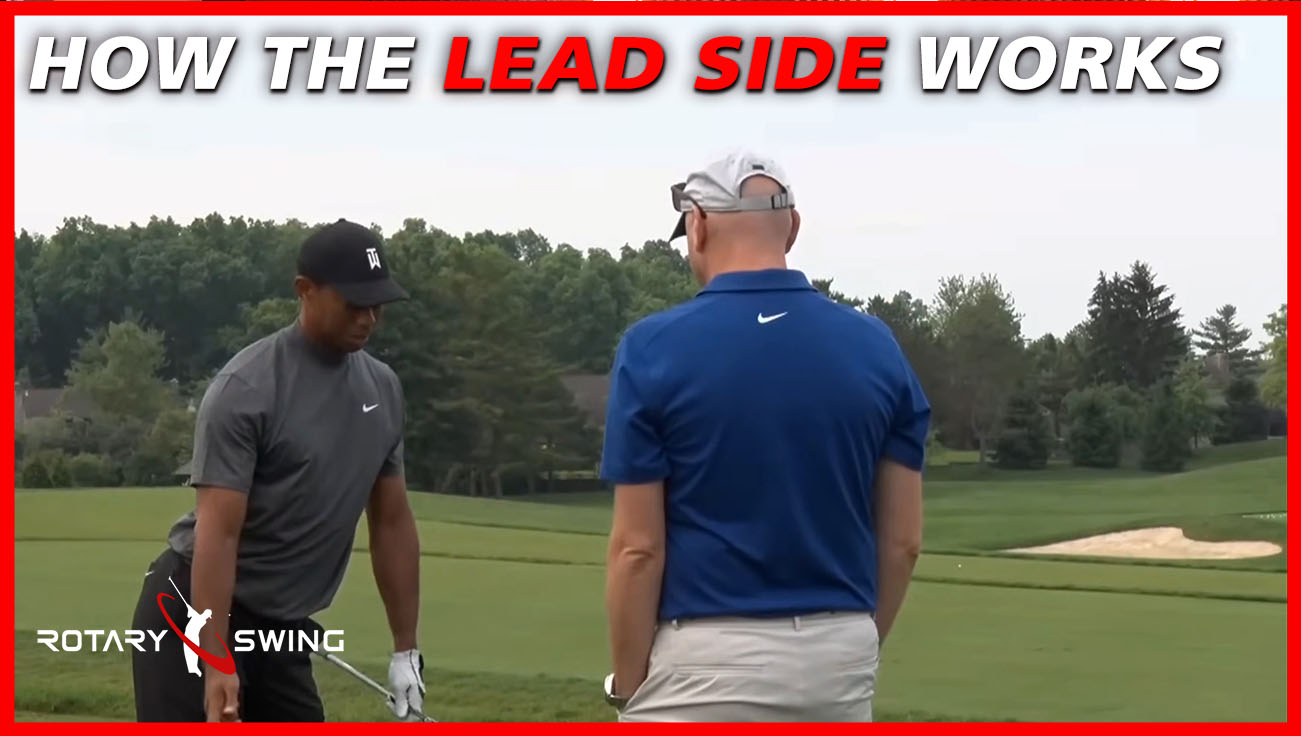
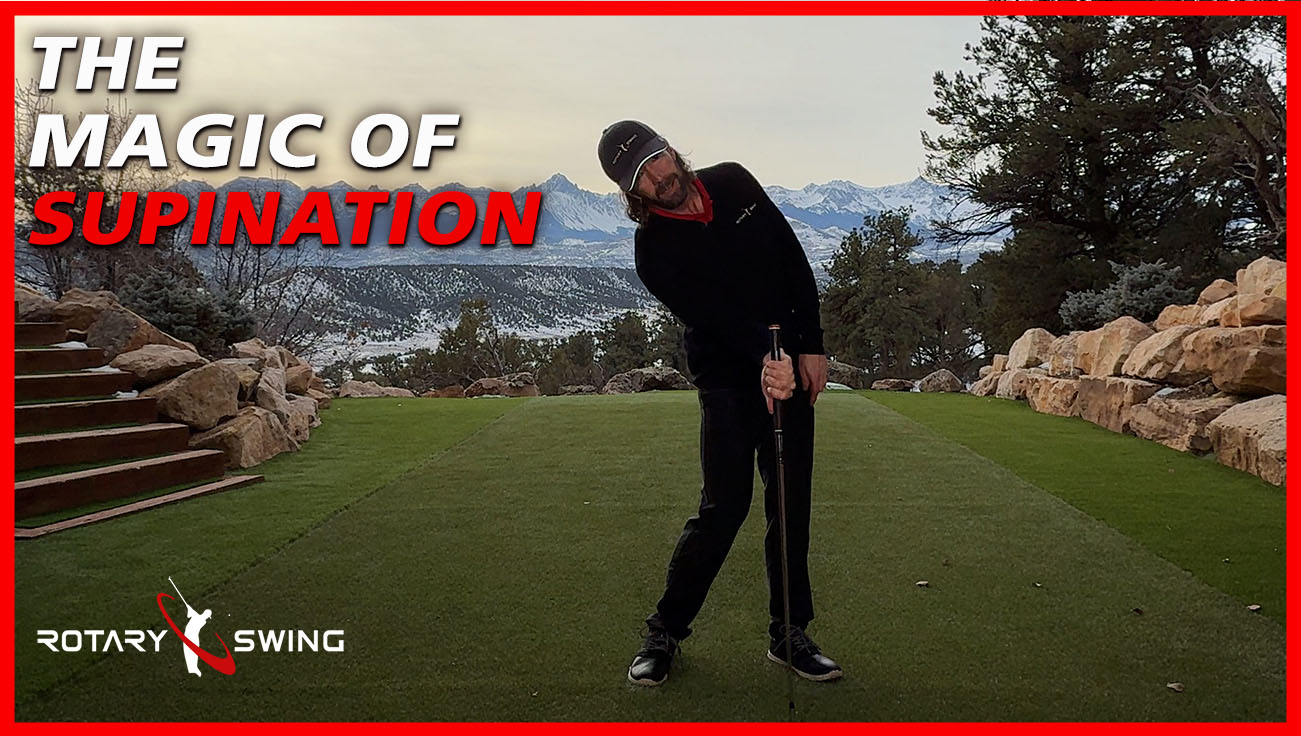
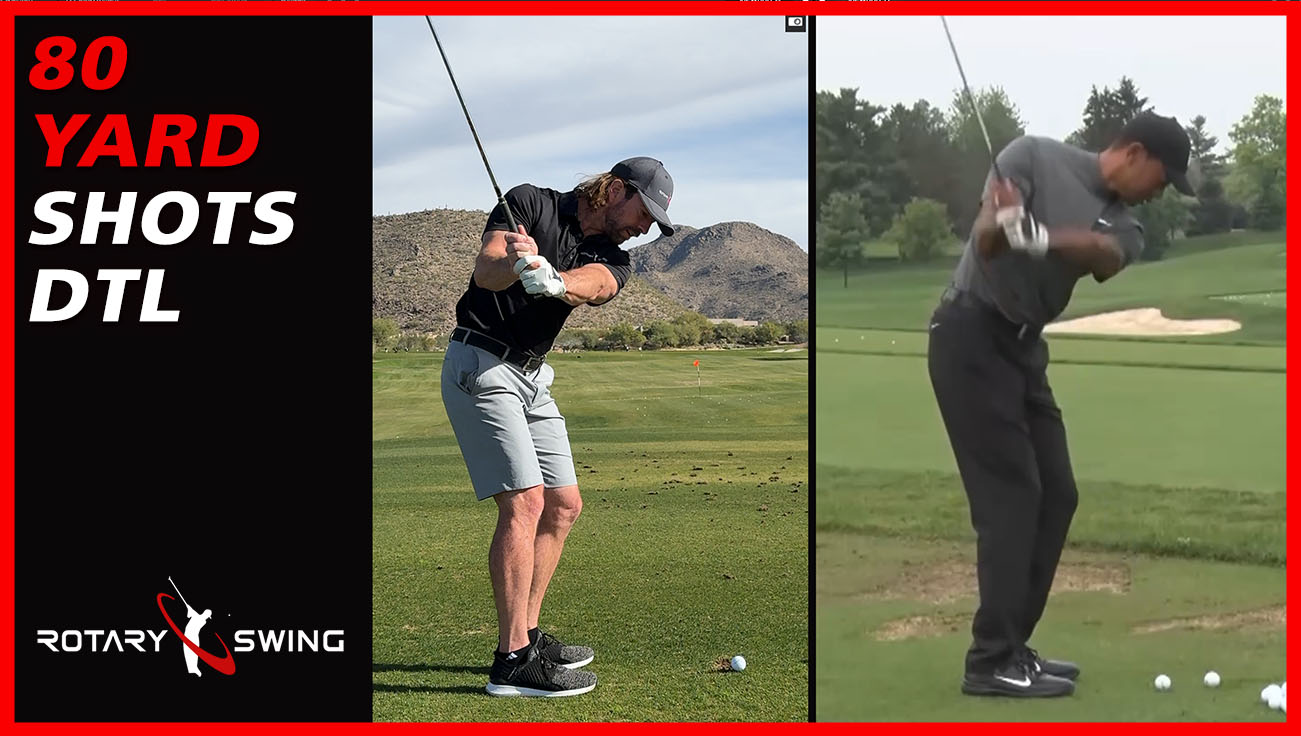
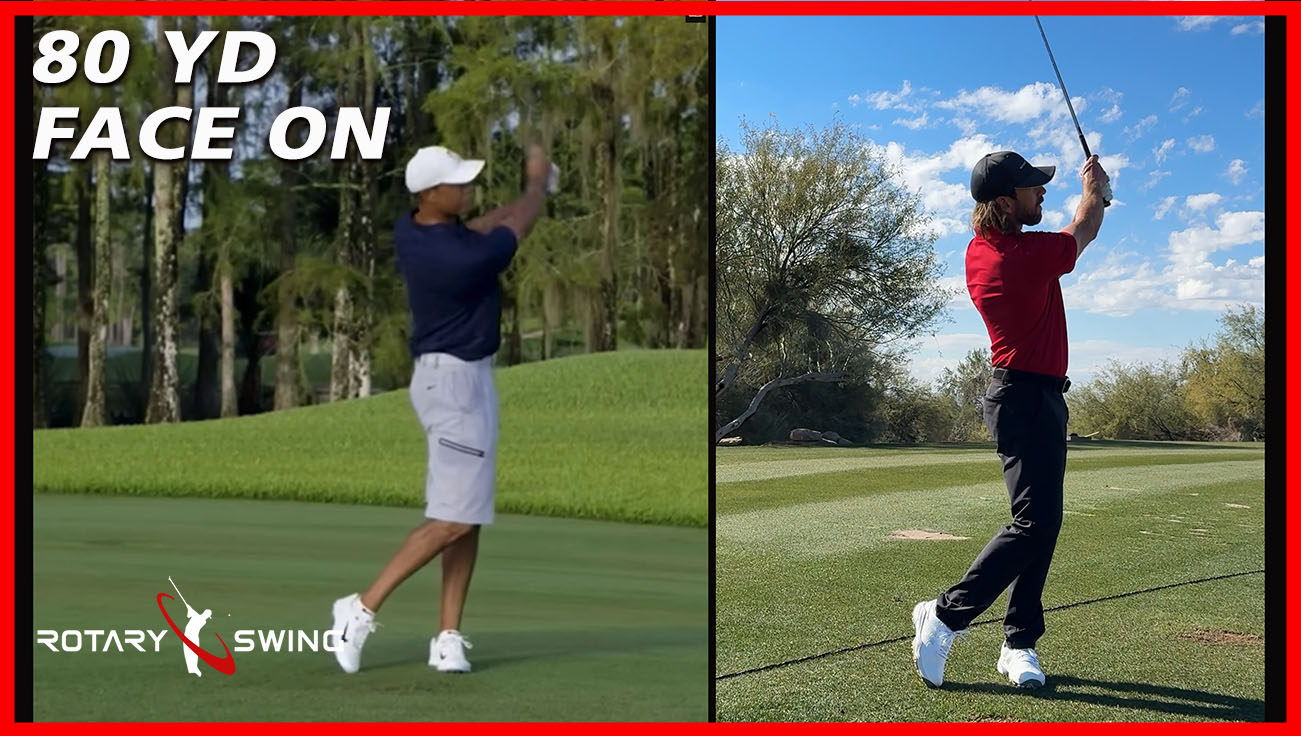
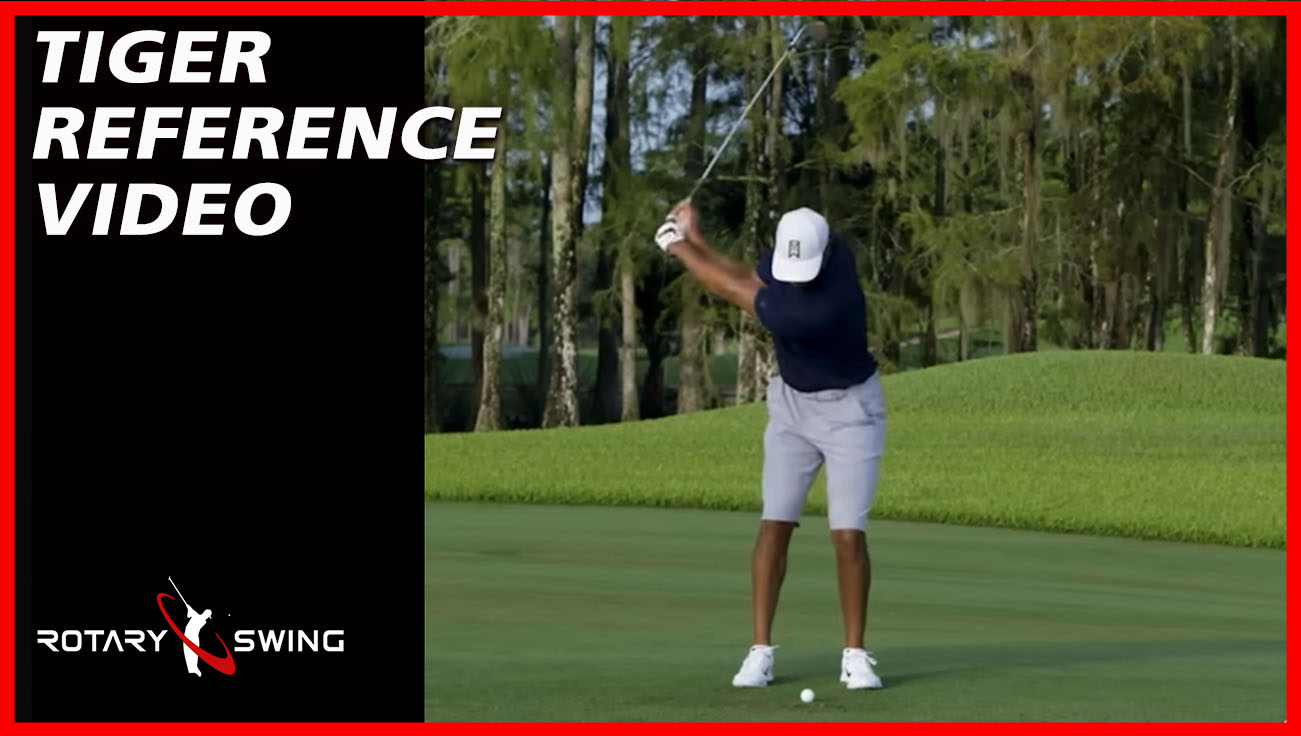

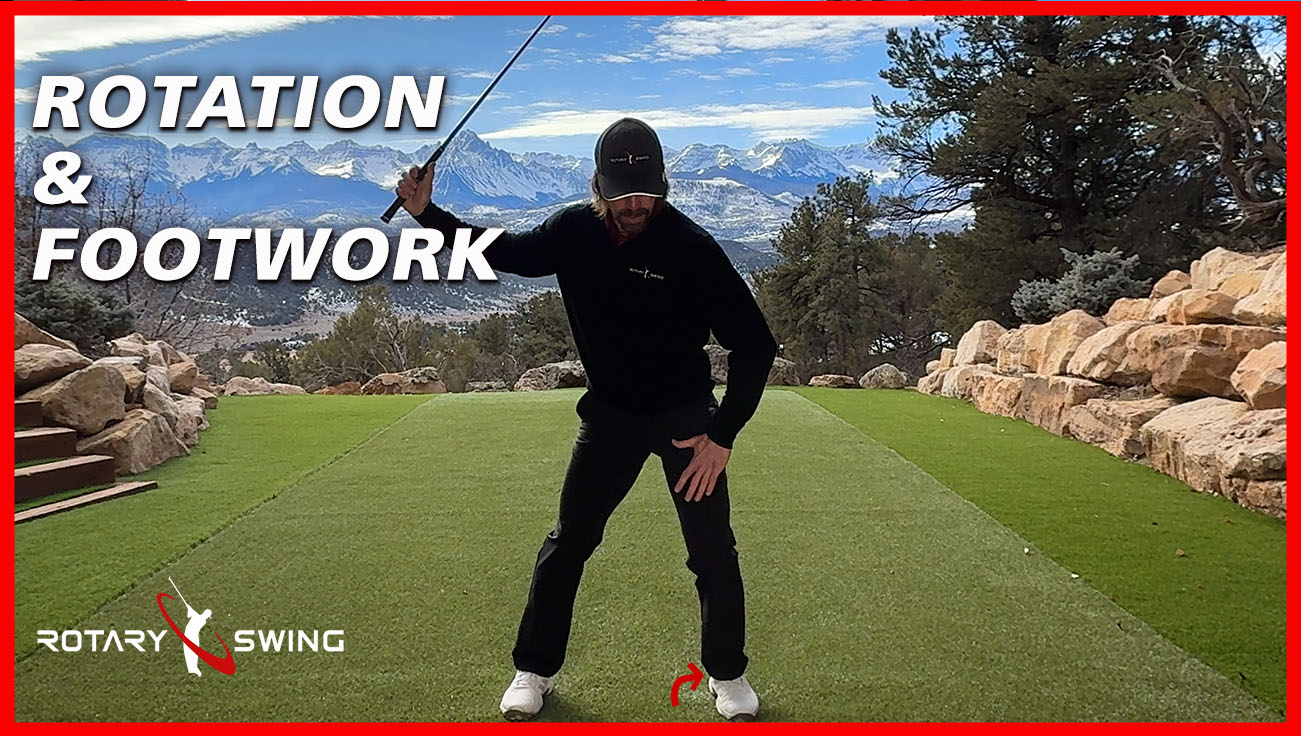
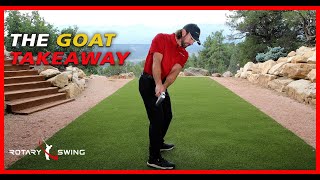

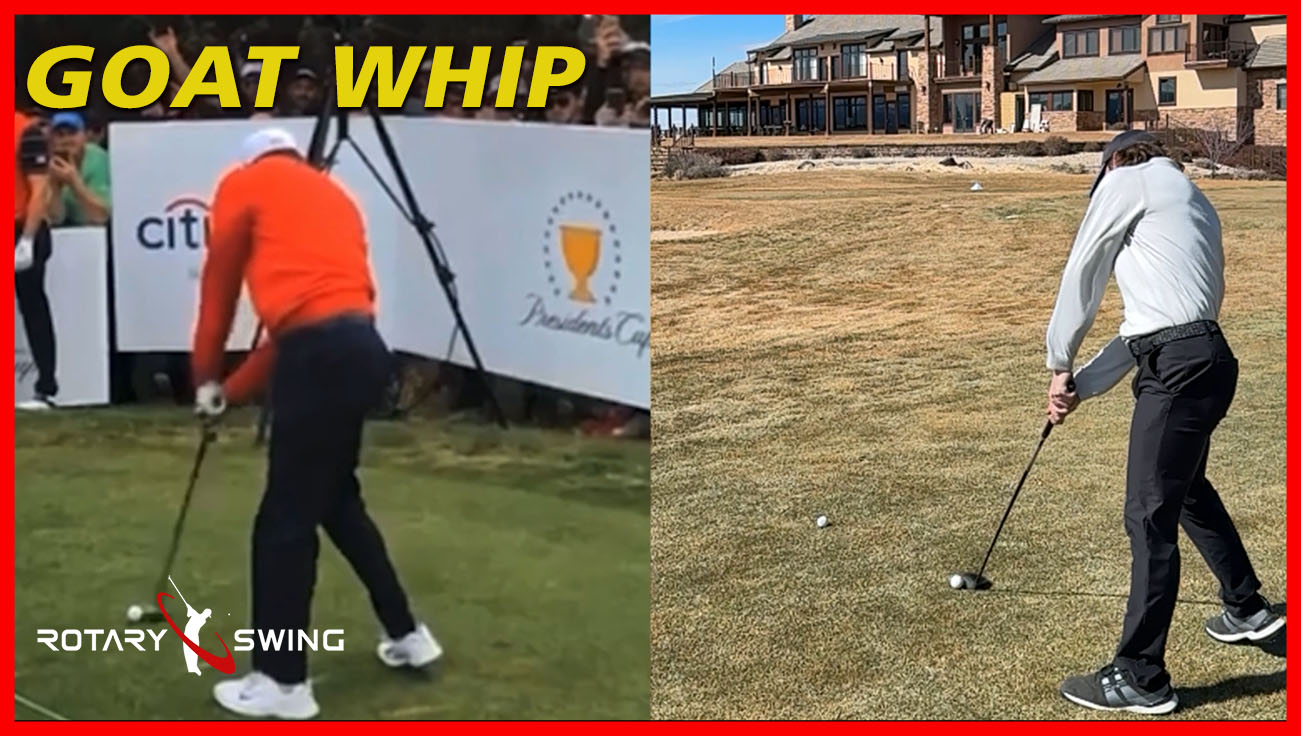
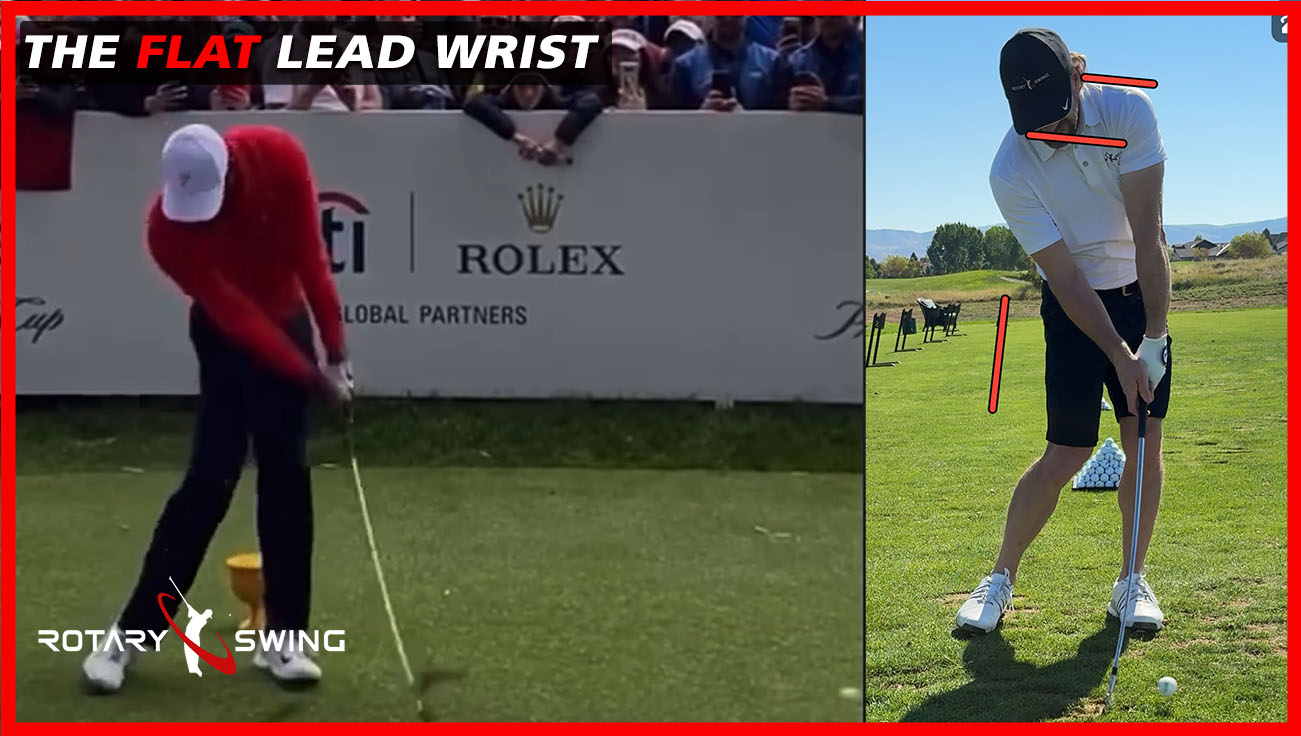
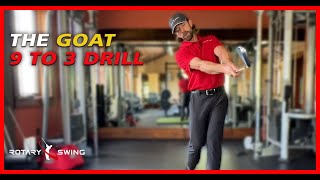
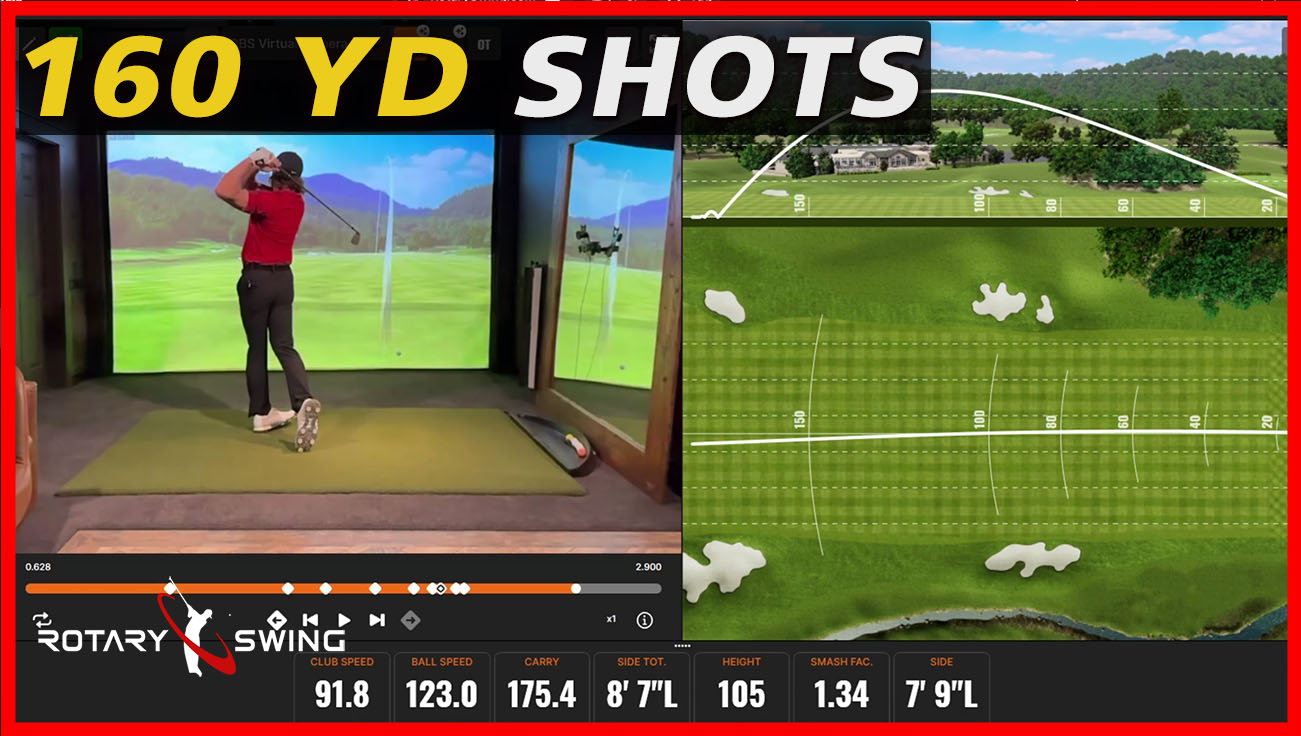

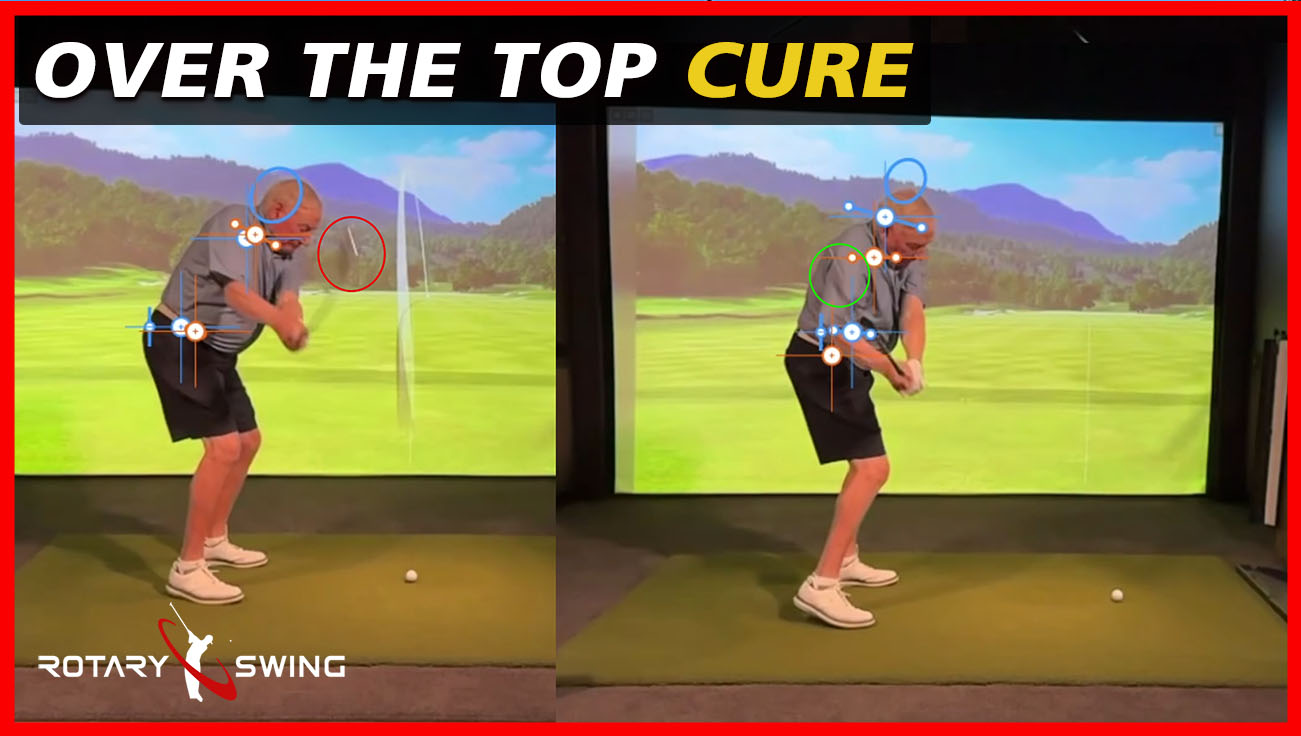
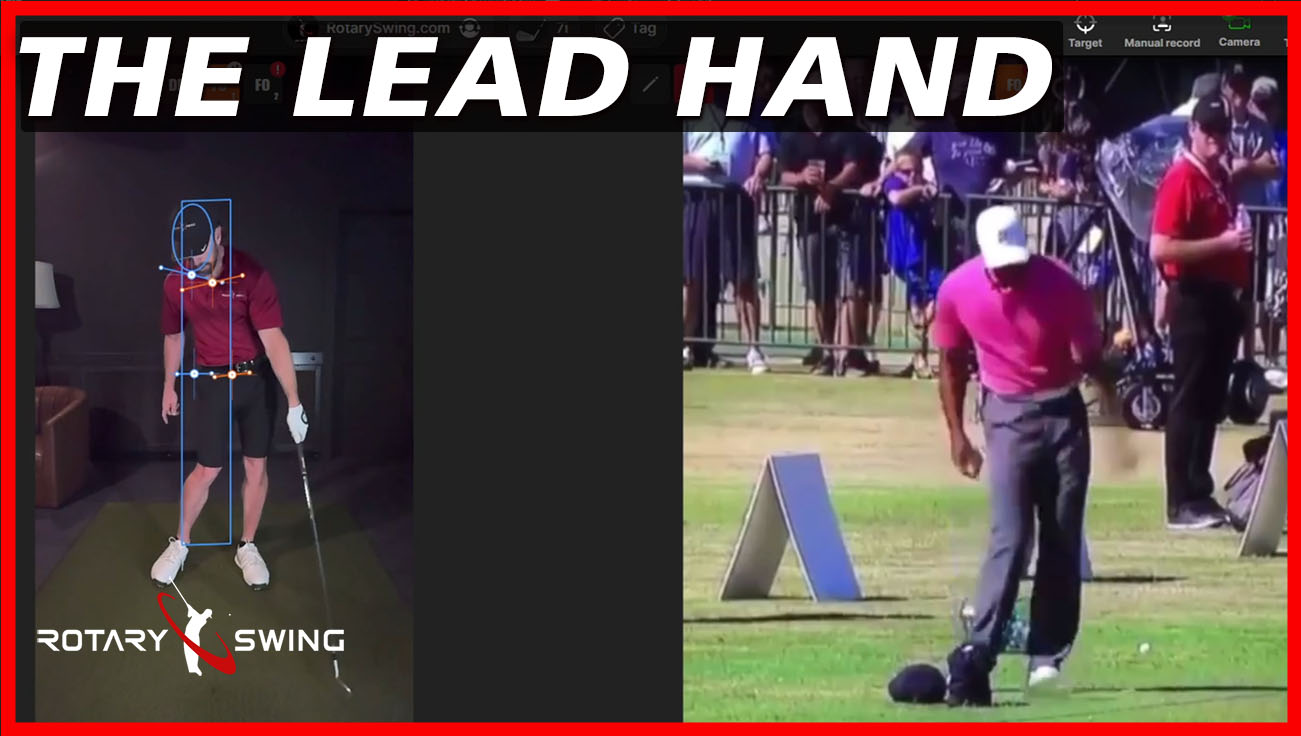
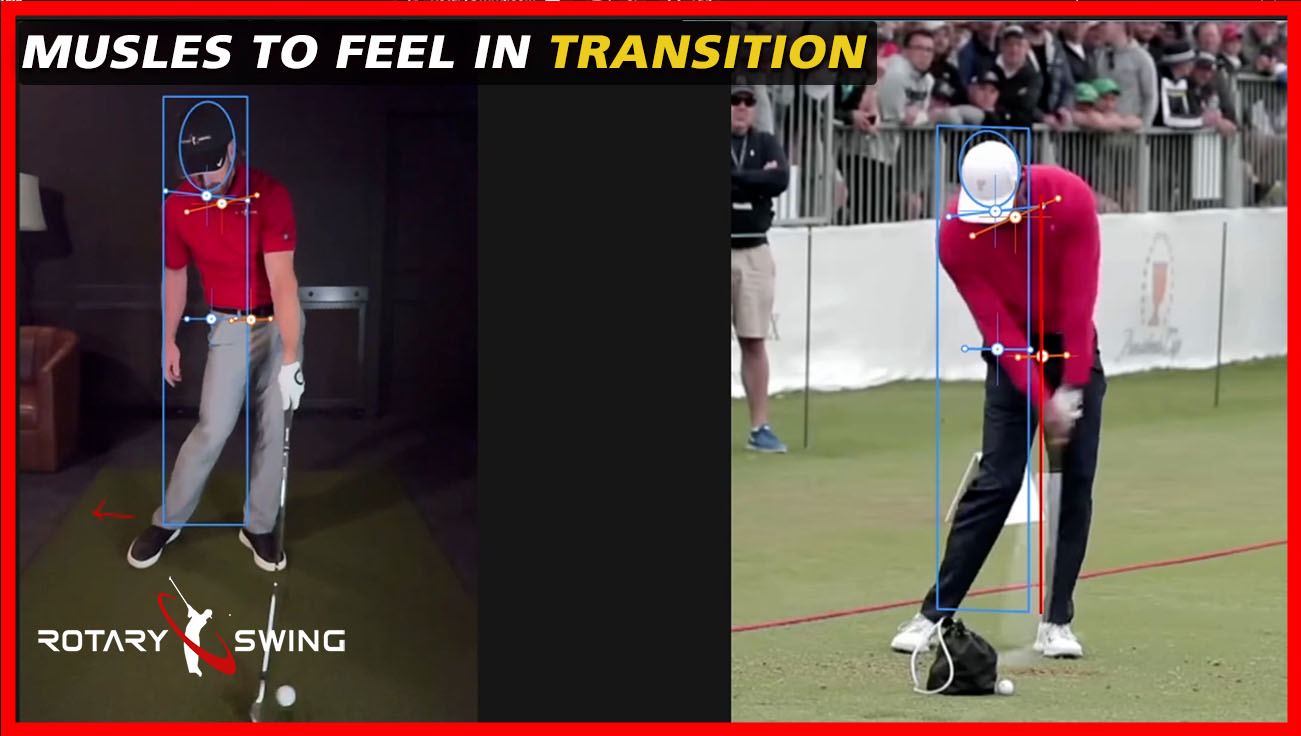
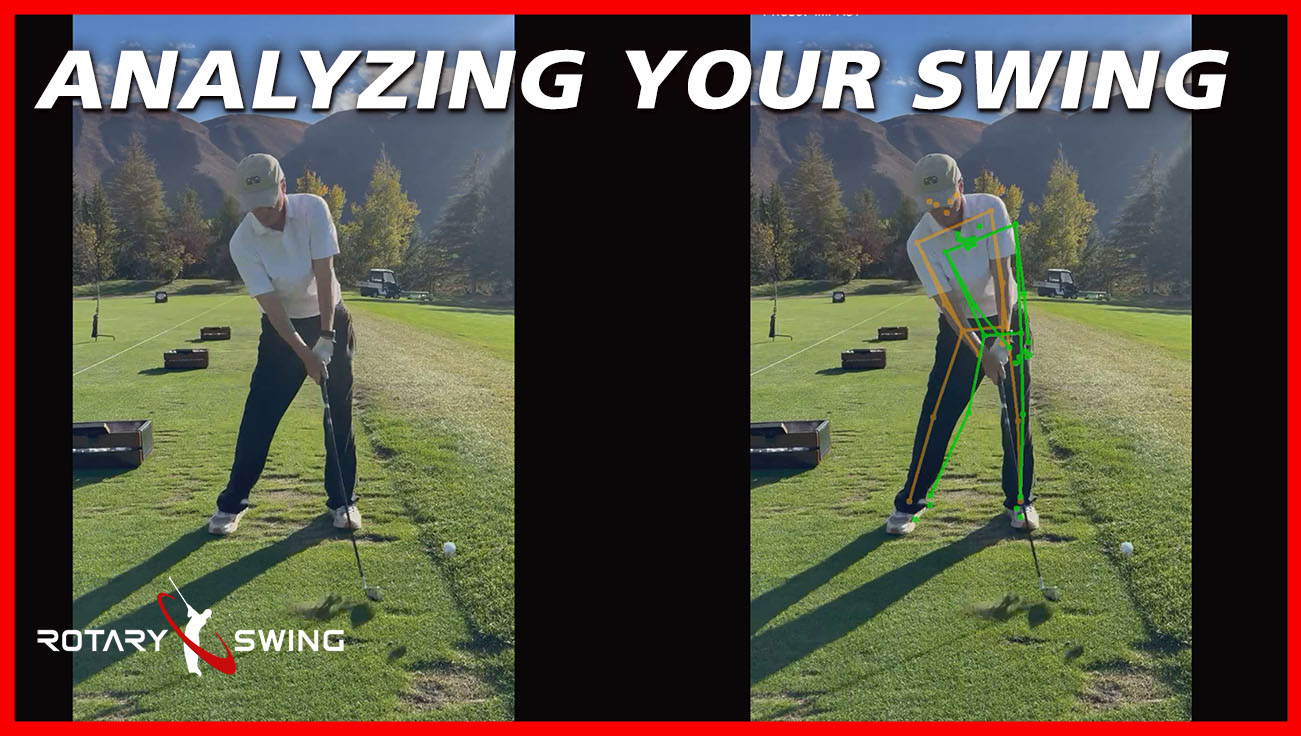

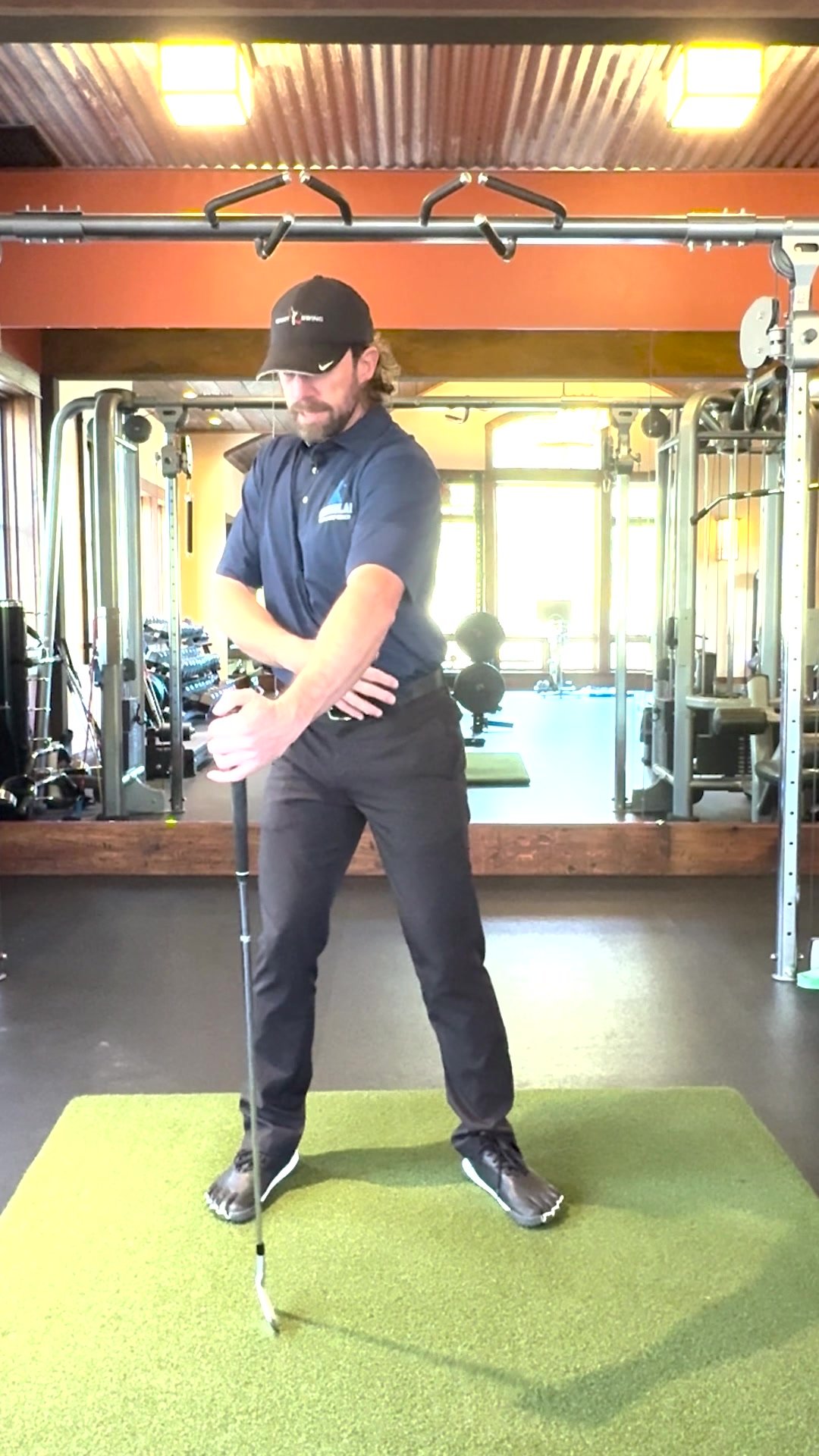

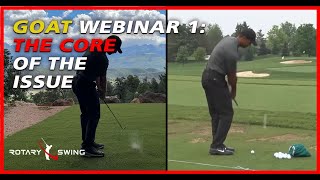
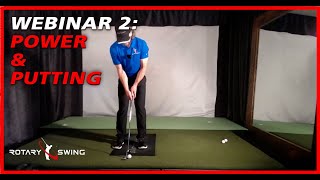
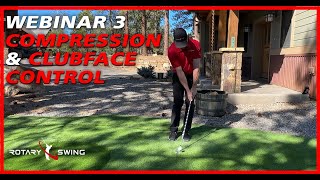
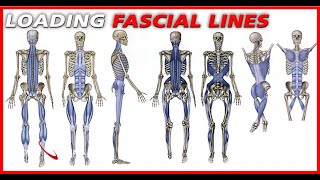
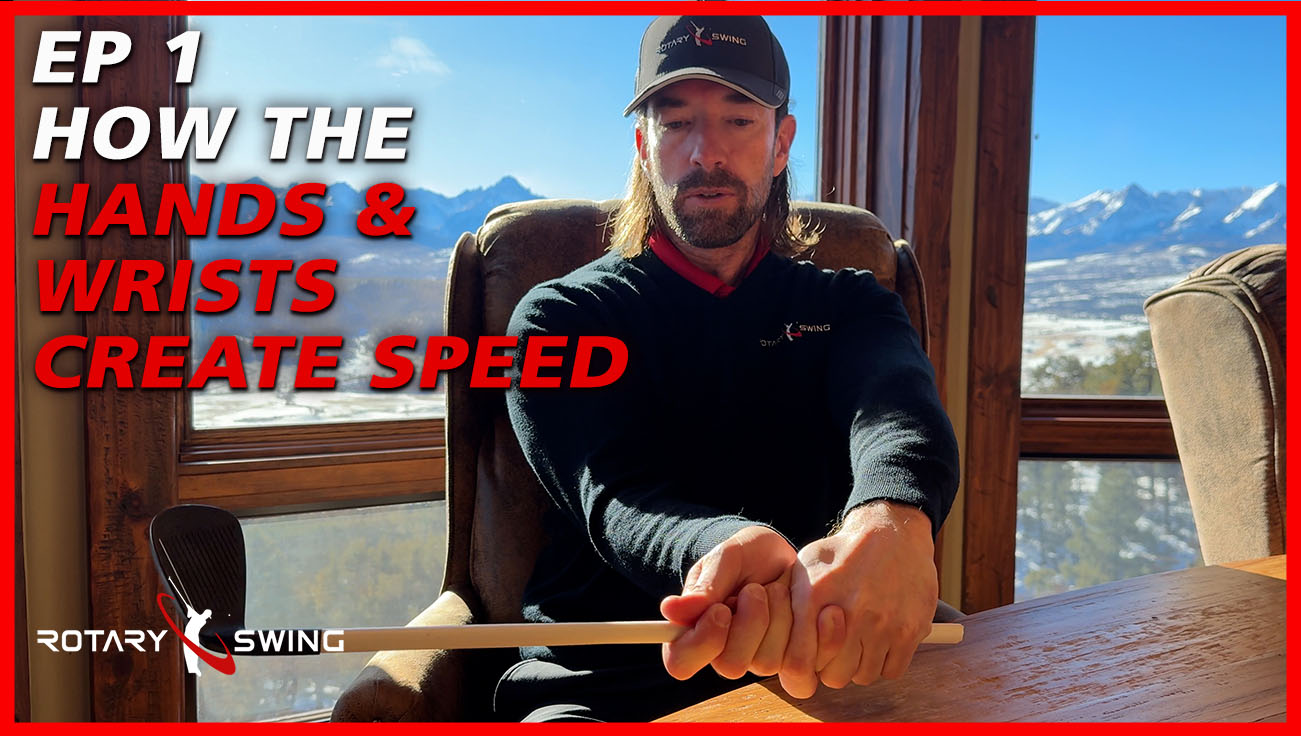

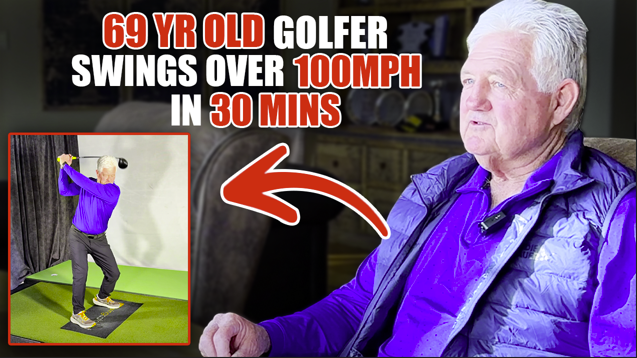
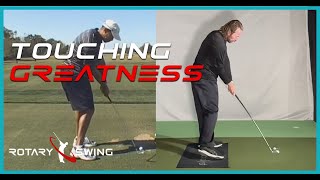
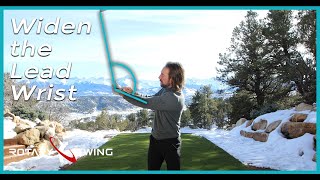
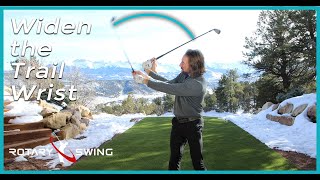

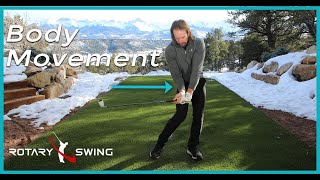

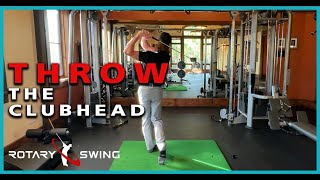
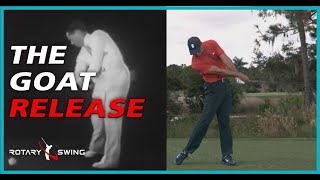
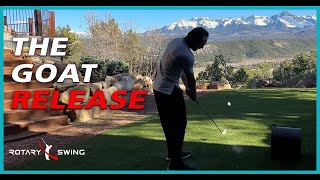
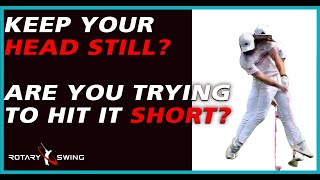
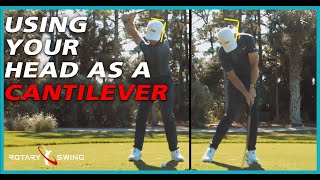
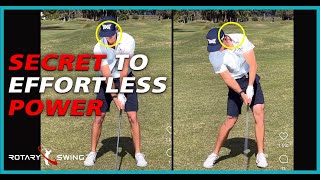
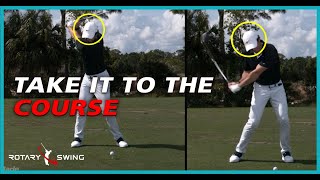

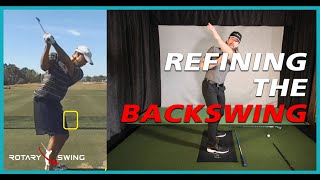

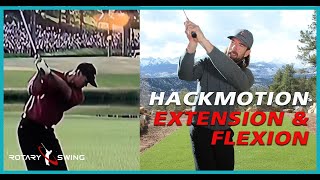

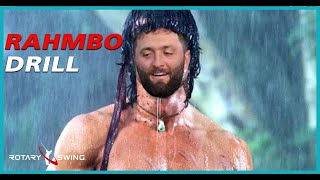

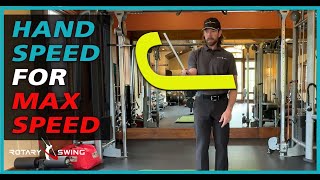
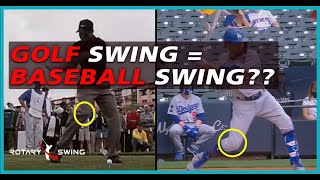
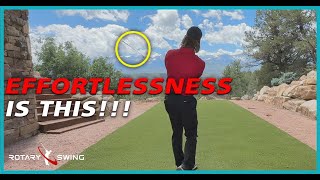

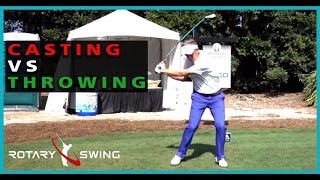
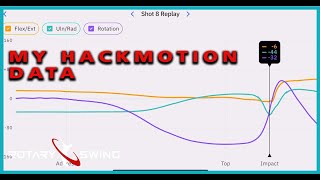
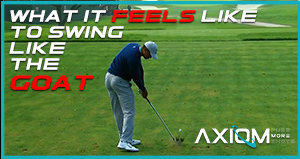



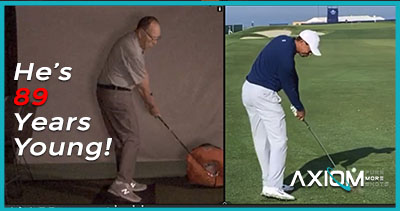

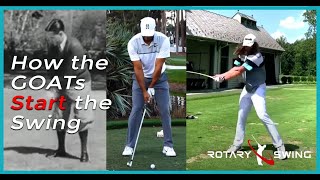
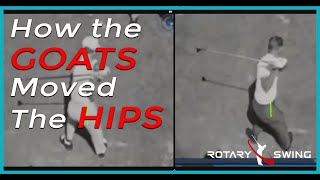
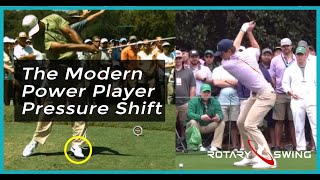
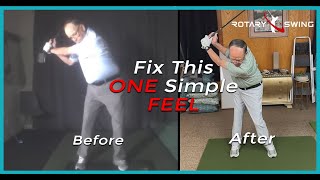
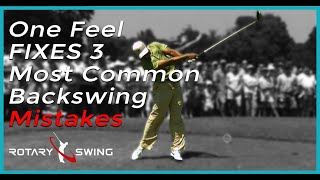
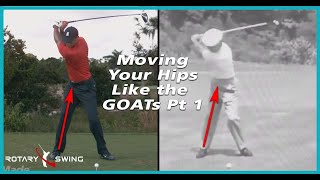
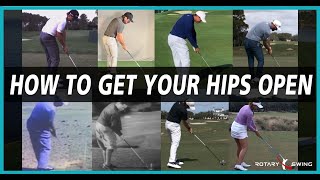

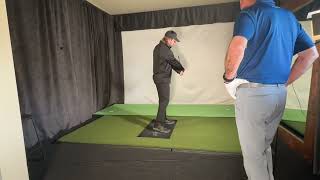


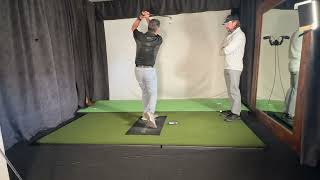

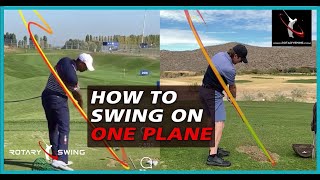
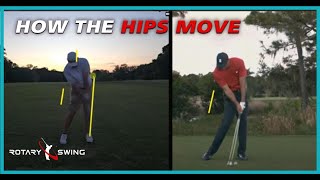
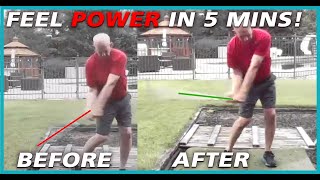
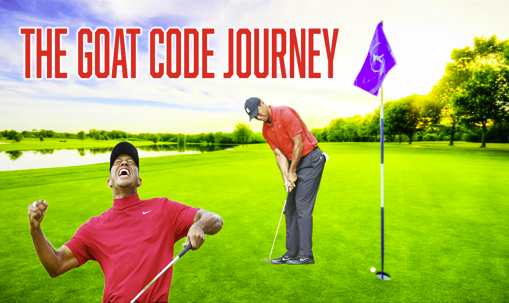
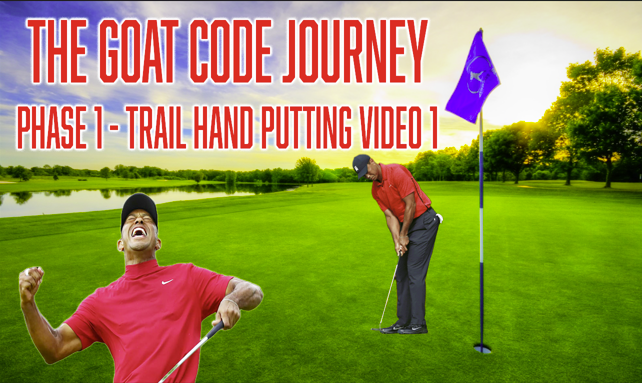
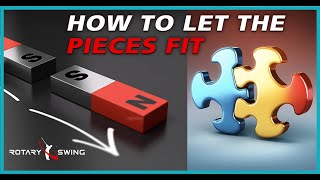


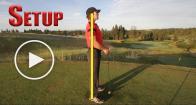
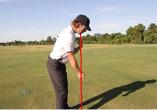
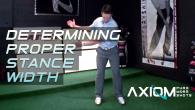
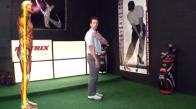
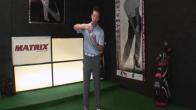
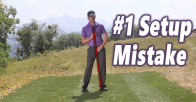


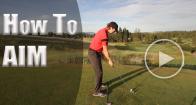
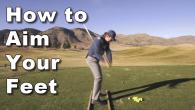
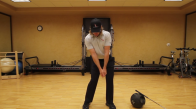






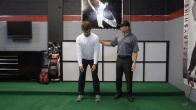

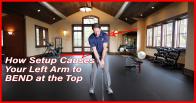


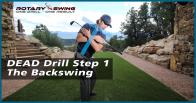
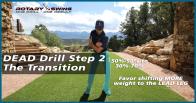
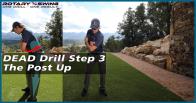




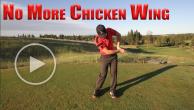
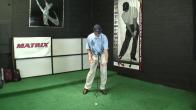


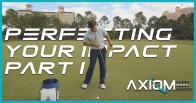
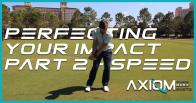
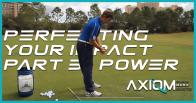
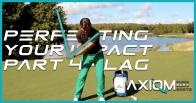

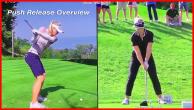

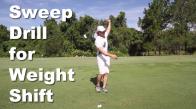


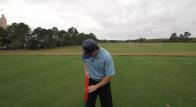

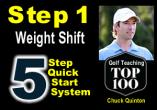
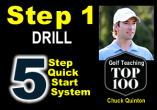
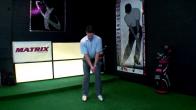


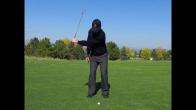
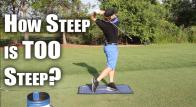
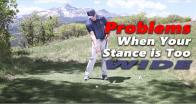
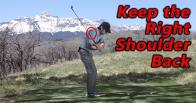
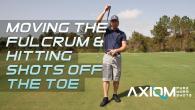

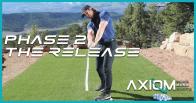
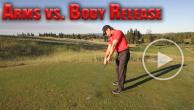
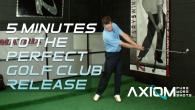
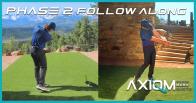



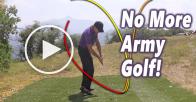
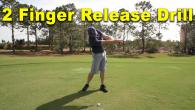
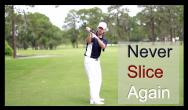


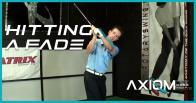
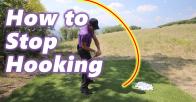



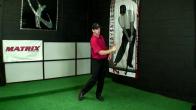


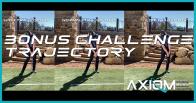

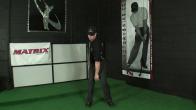

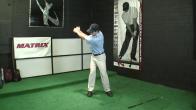

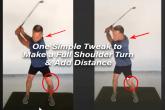
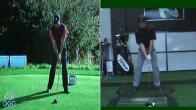
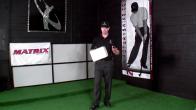

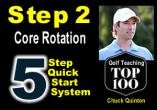
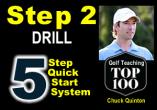
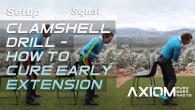

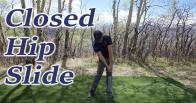

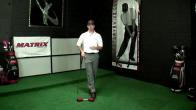

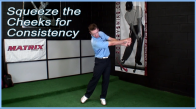
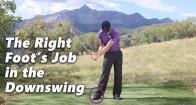
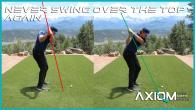
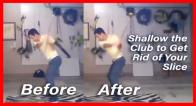


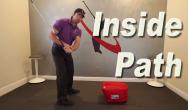

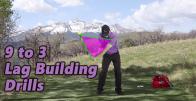

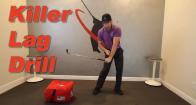

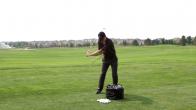
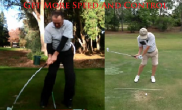




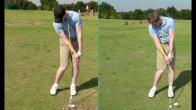


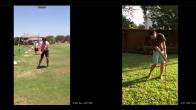



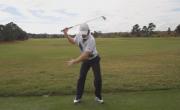
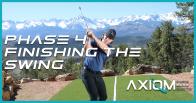
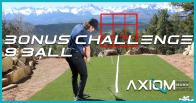


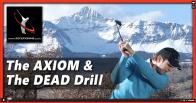

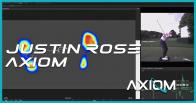


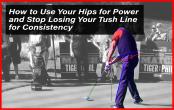
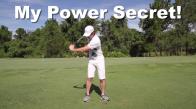
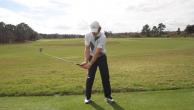
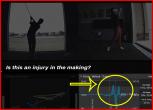
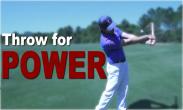


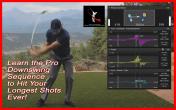
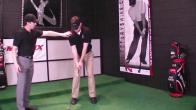


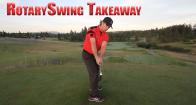


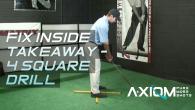
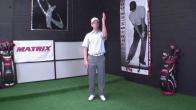




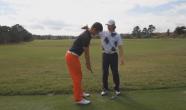

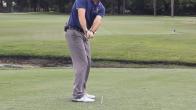

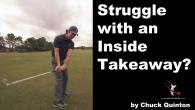


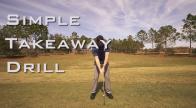

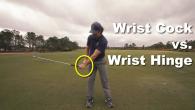
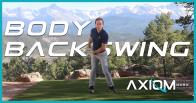







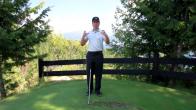

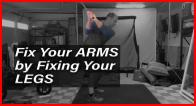

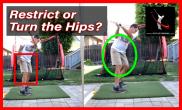
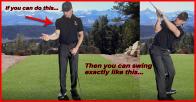

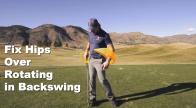
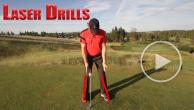
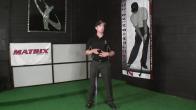

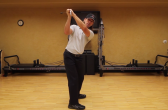
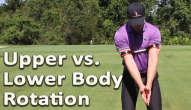
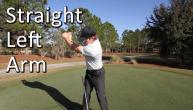












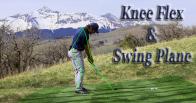


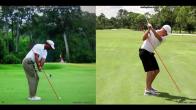






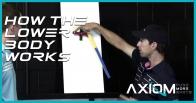
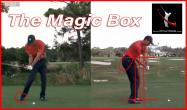
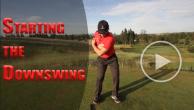

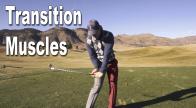
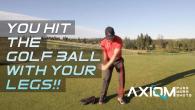

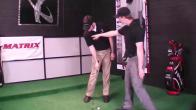
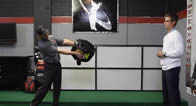
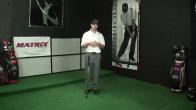
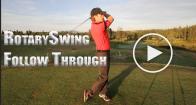

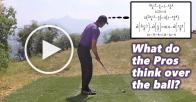




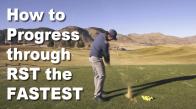
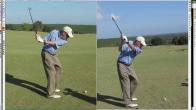



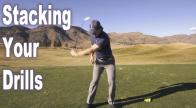
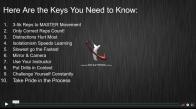


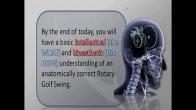
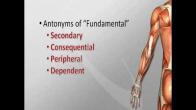
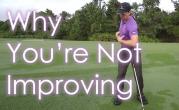
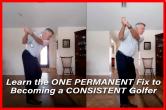
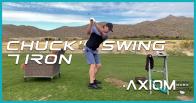
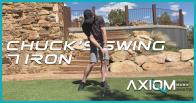



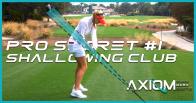
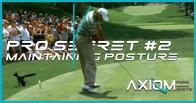
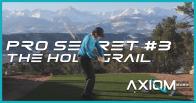
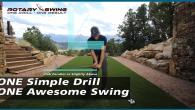

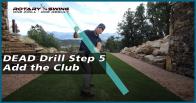

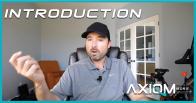

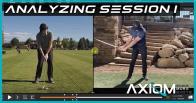

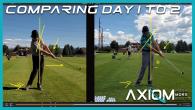
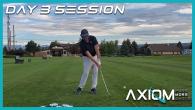

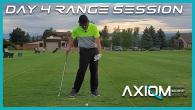

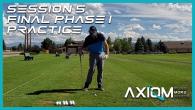


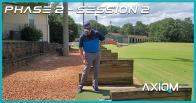
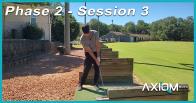

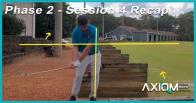
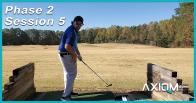

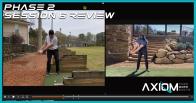
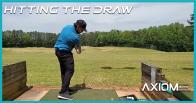


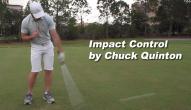









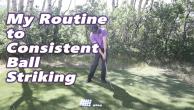

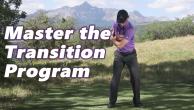
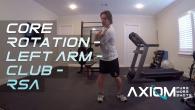
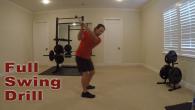
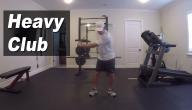

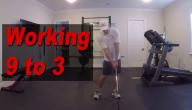
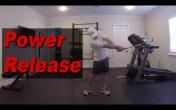
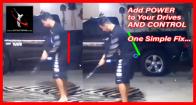
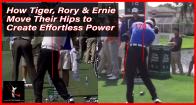
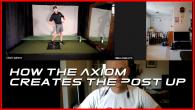
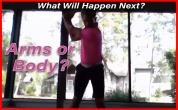
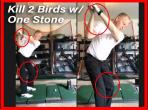
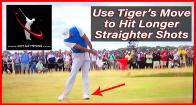

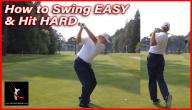
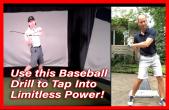
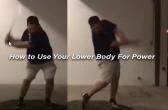
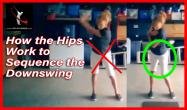

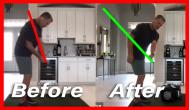
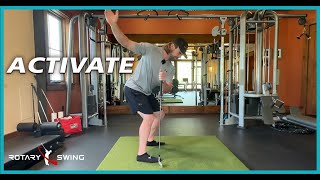
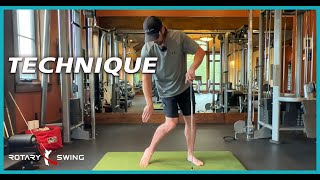
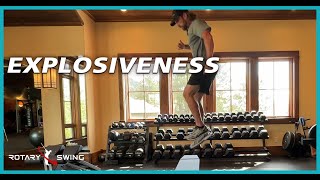
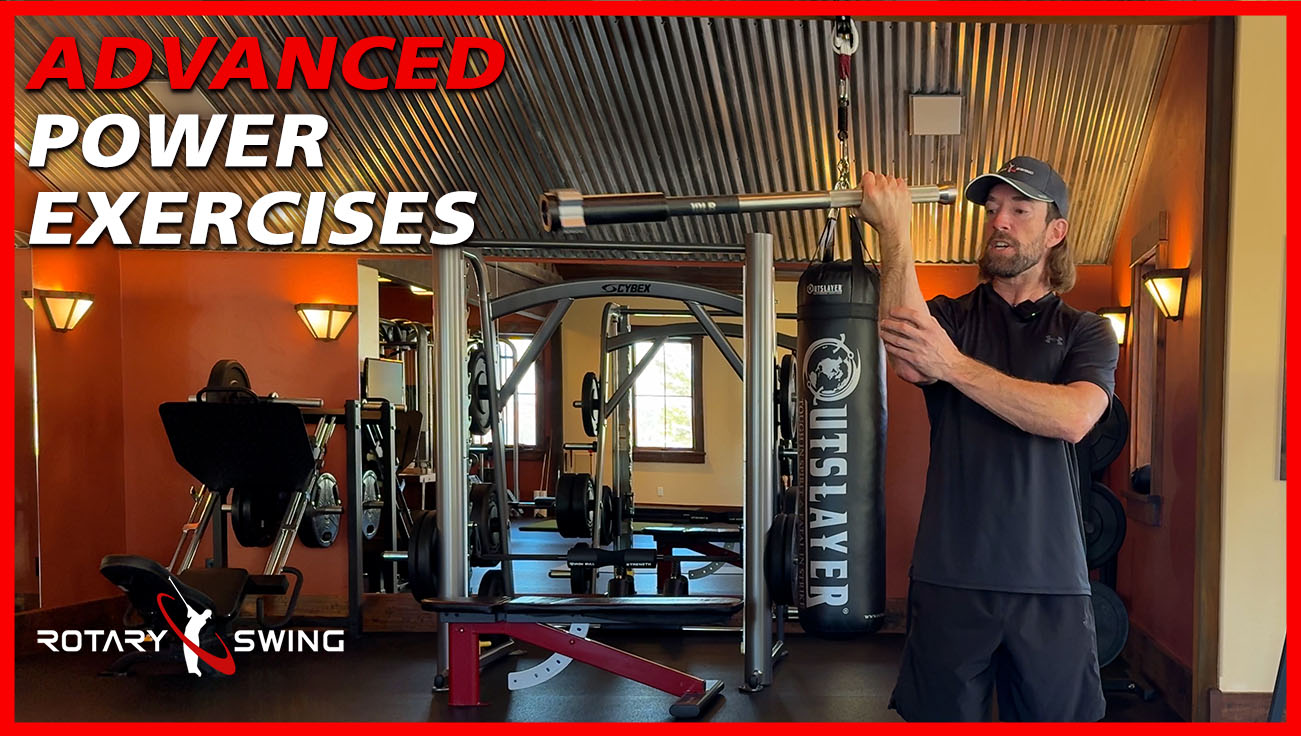
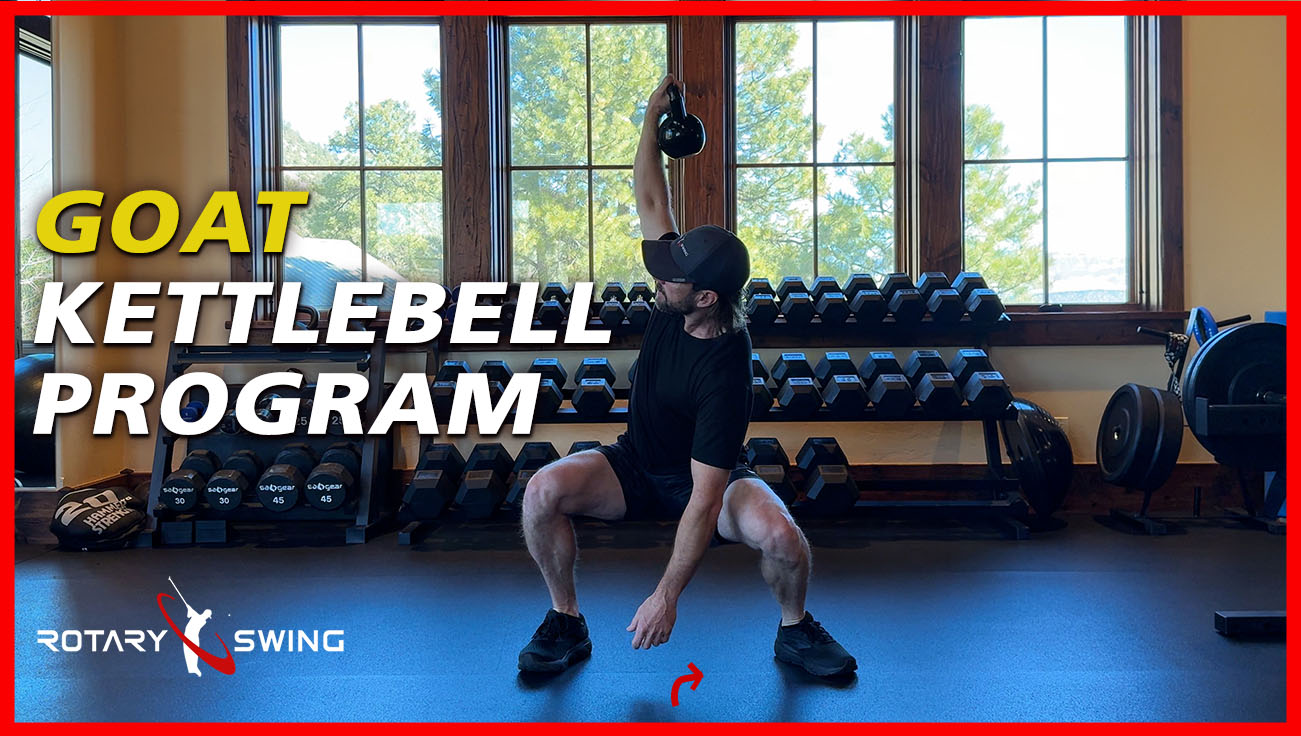

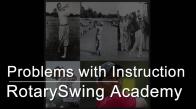
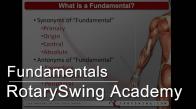
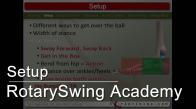


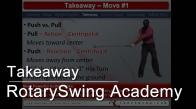
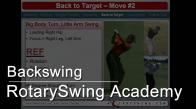
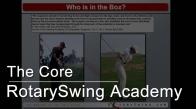
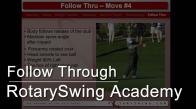



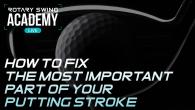
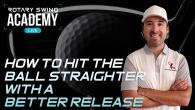
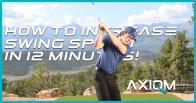

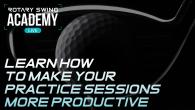
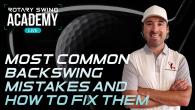
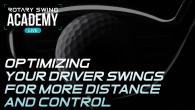
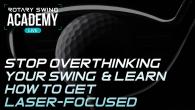




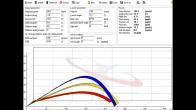




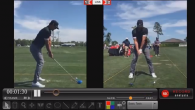




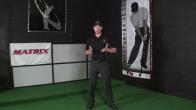

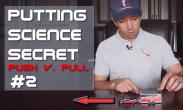

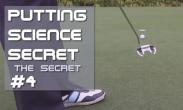
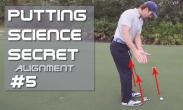
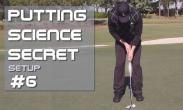

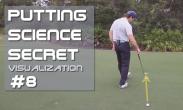






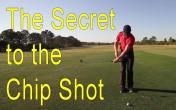
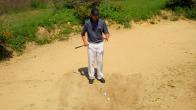

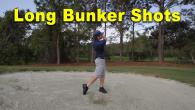

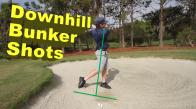
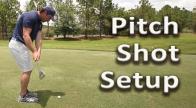


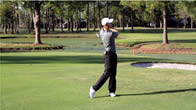
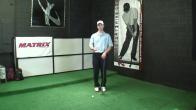
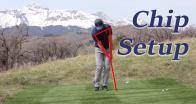


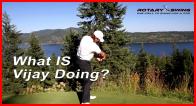




Dany
Craig (Certified RST Instructor)
Scott
Chuck
nico
Craig (Certified RST Instructor)